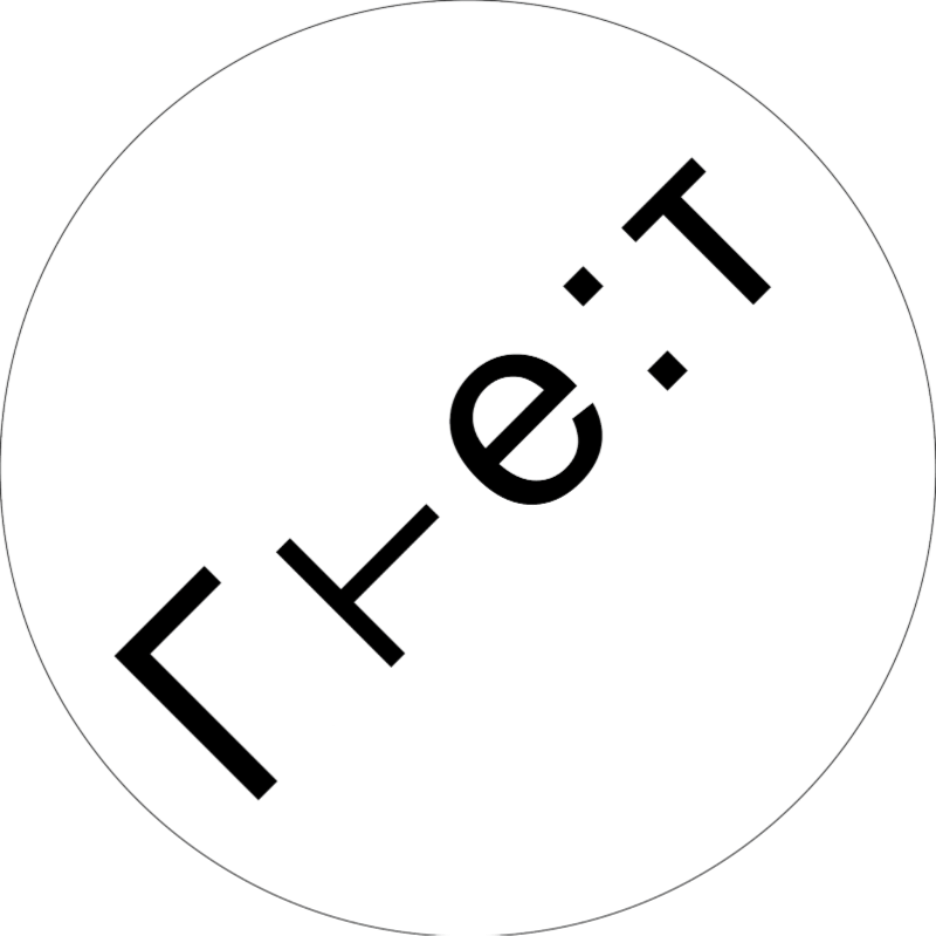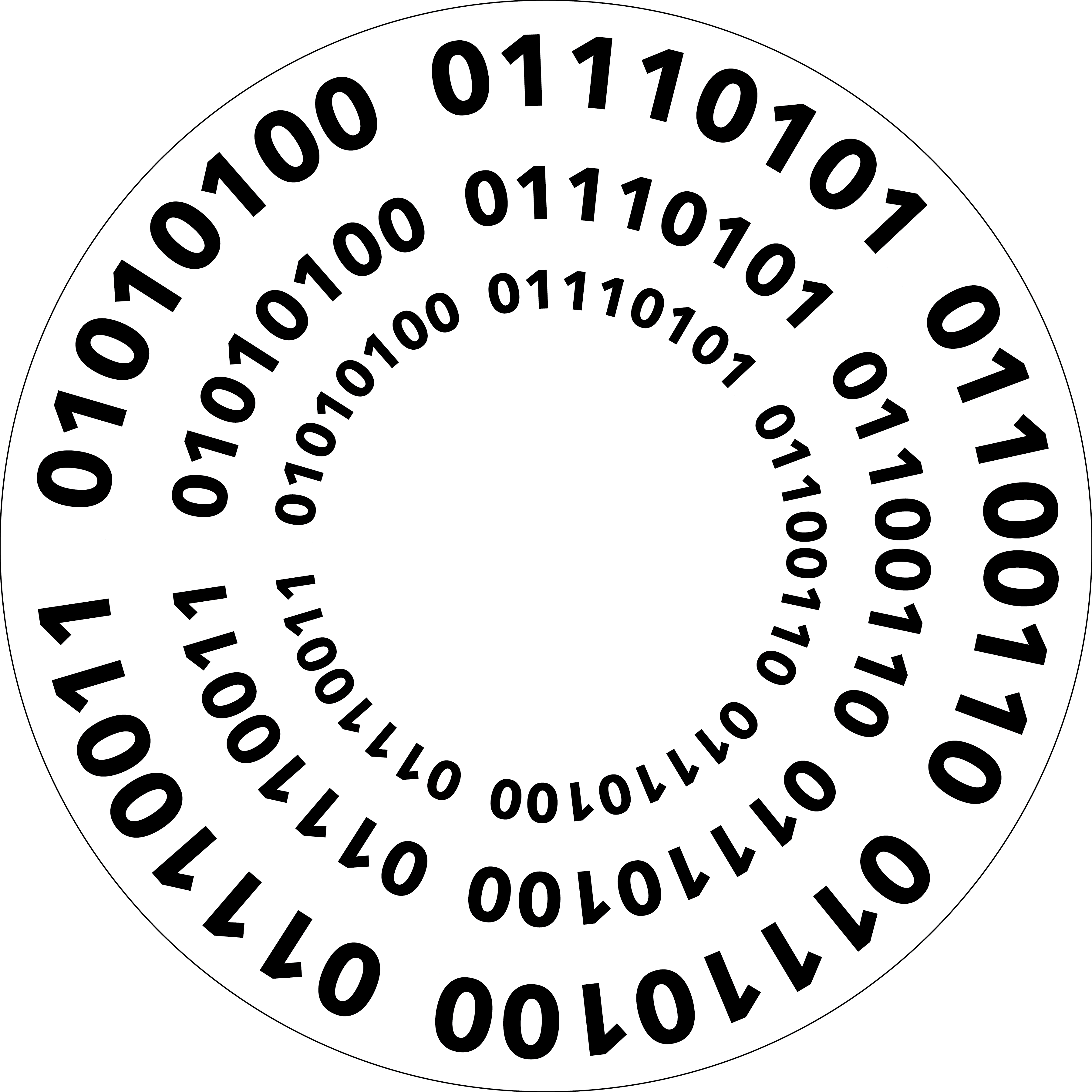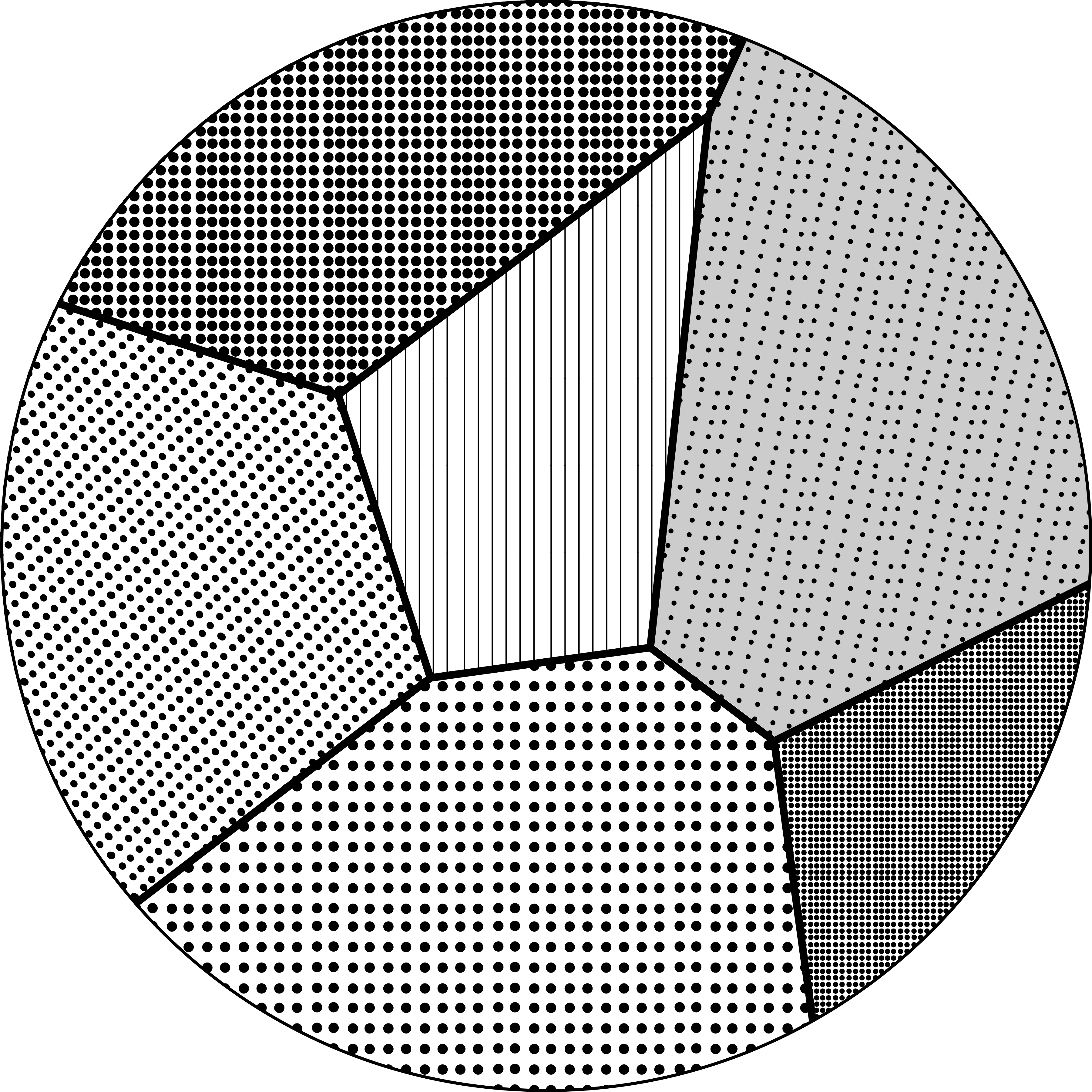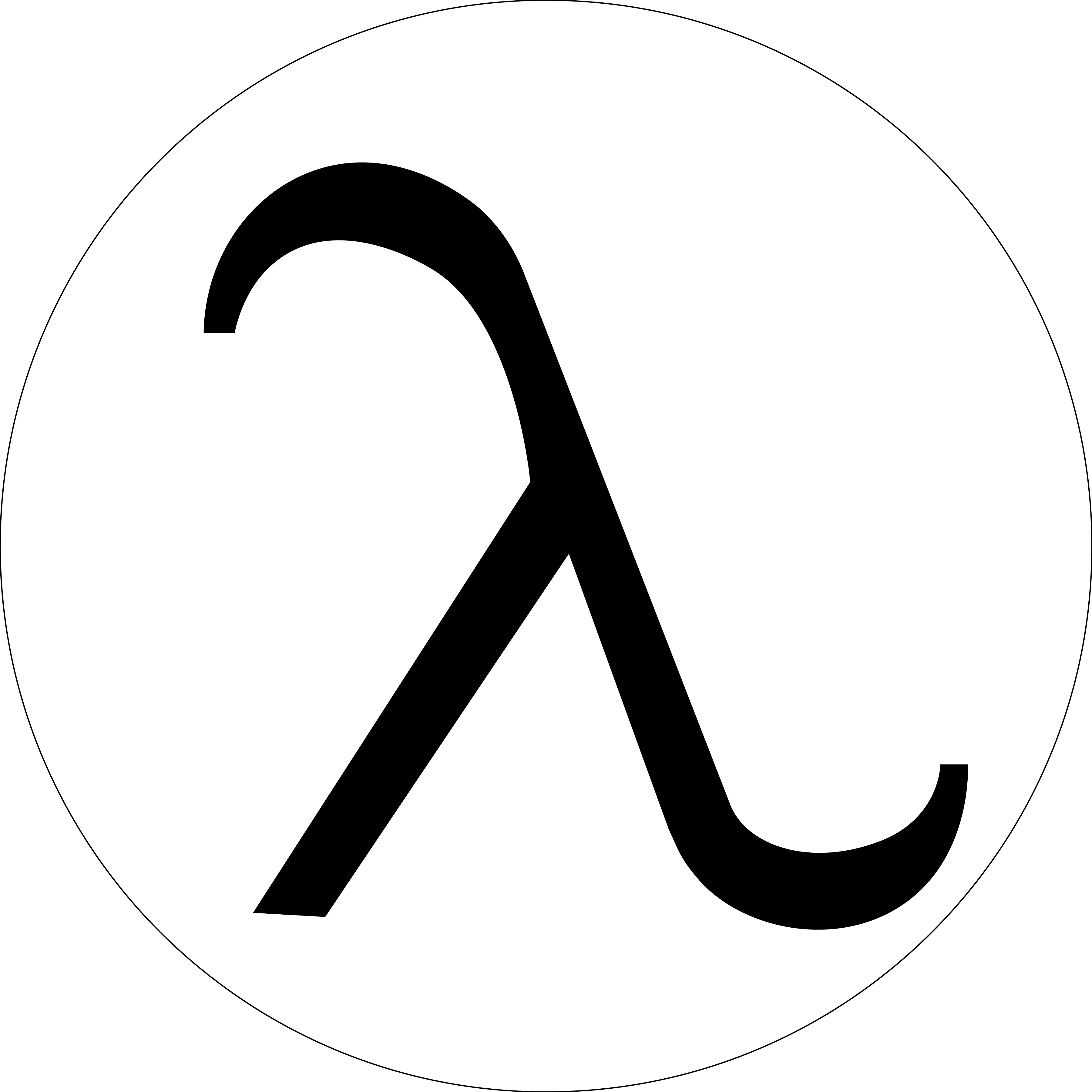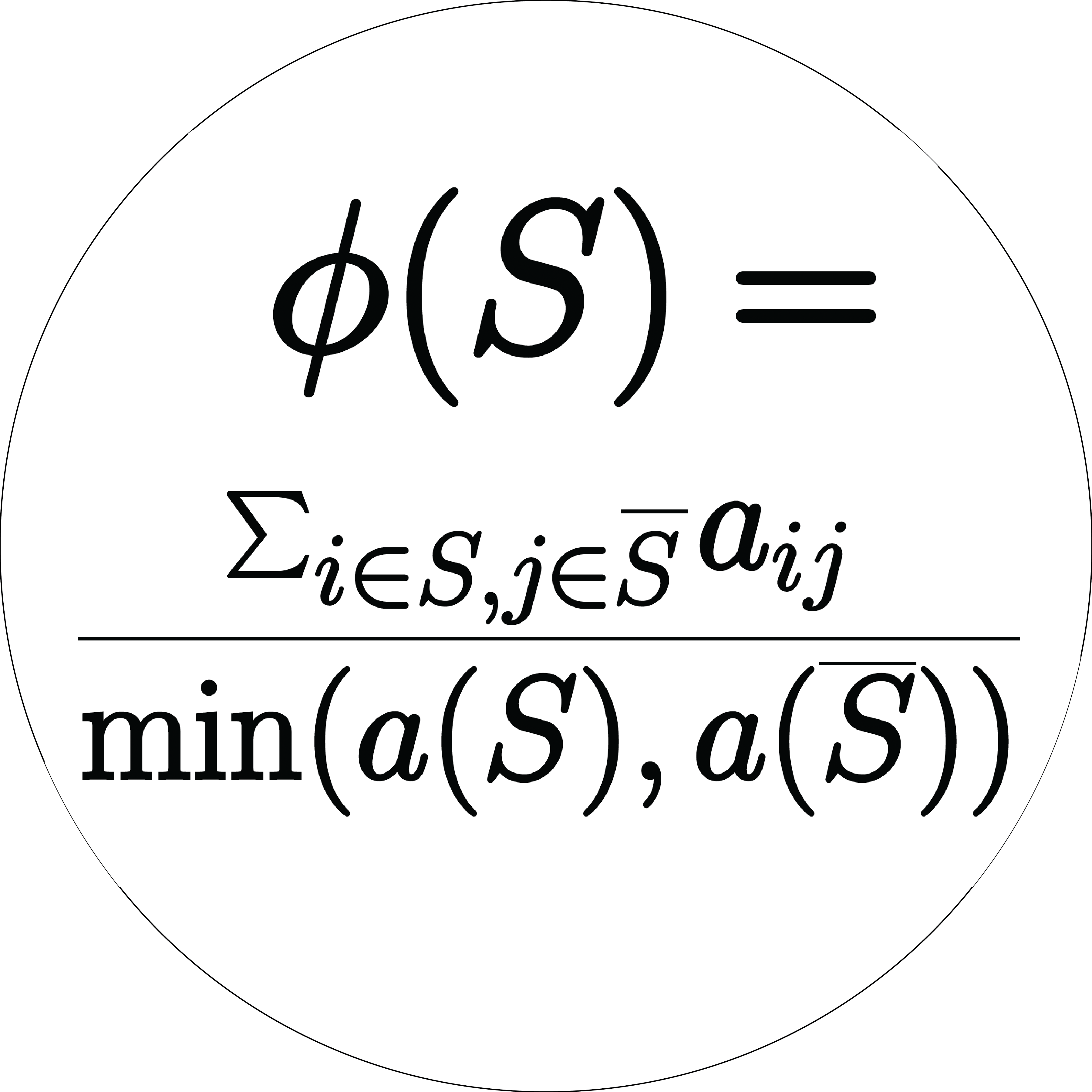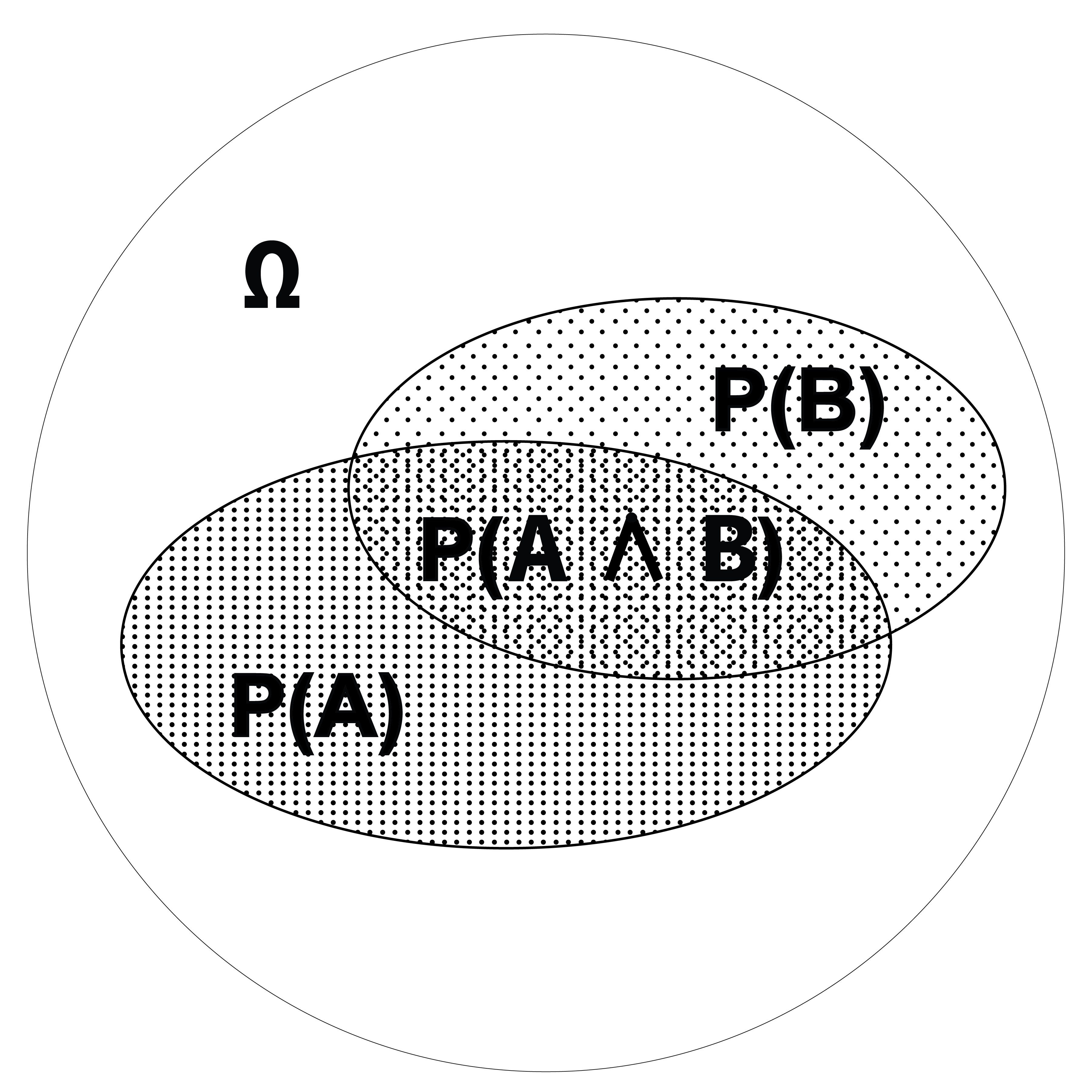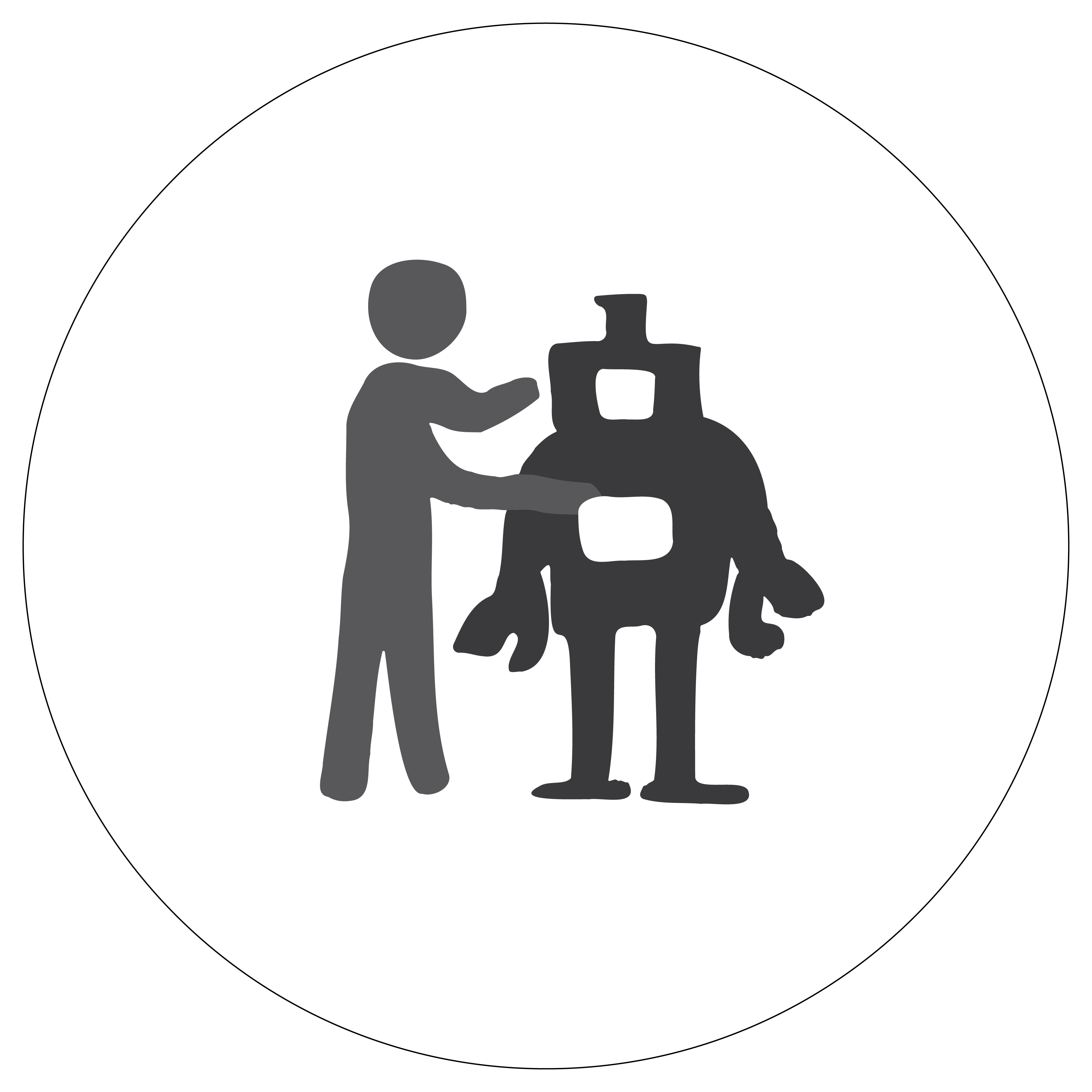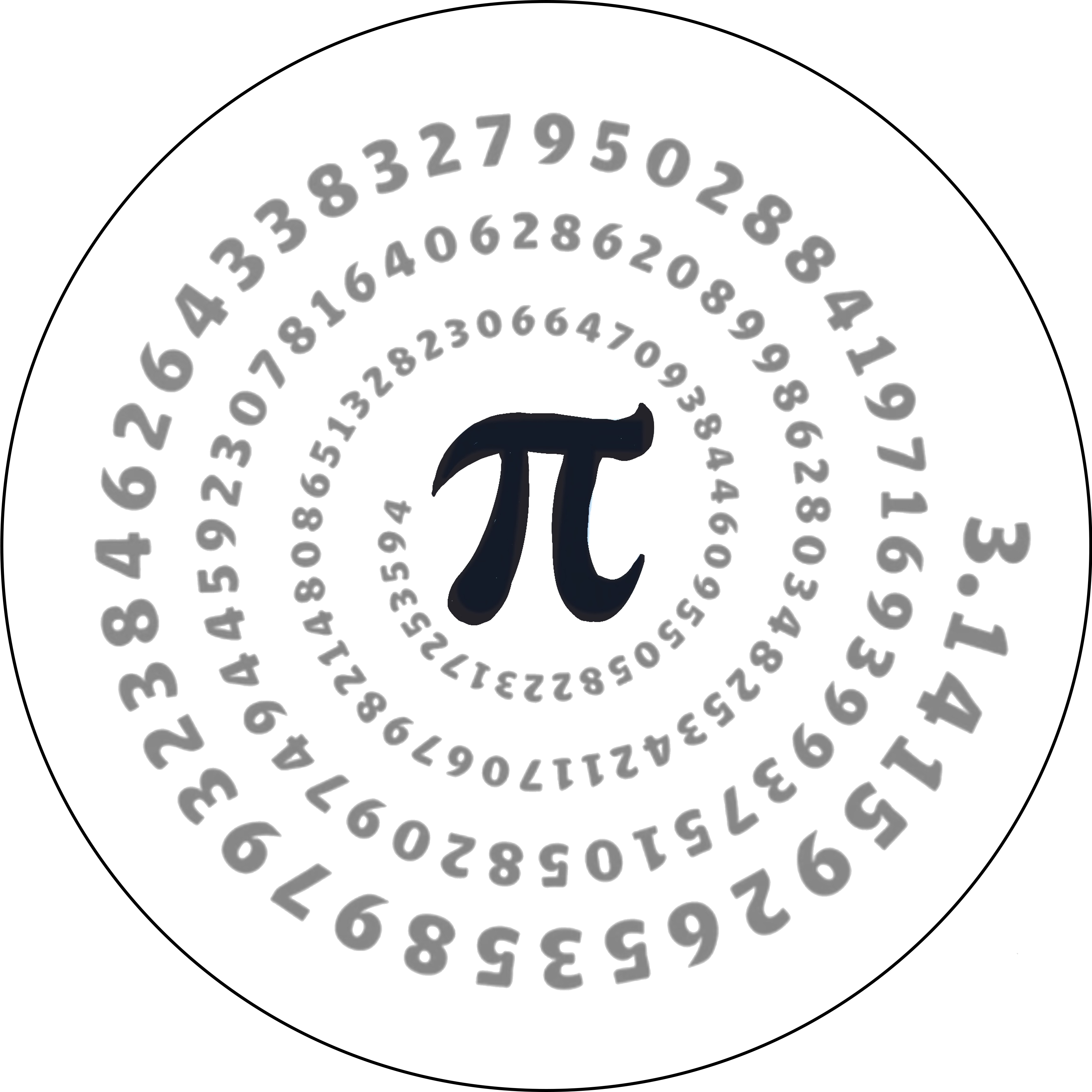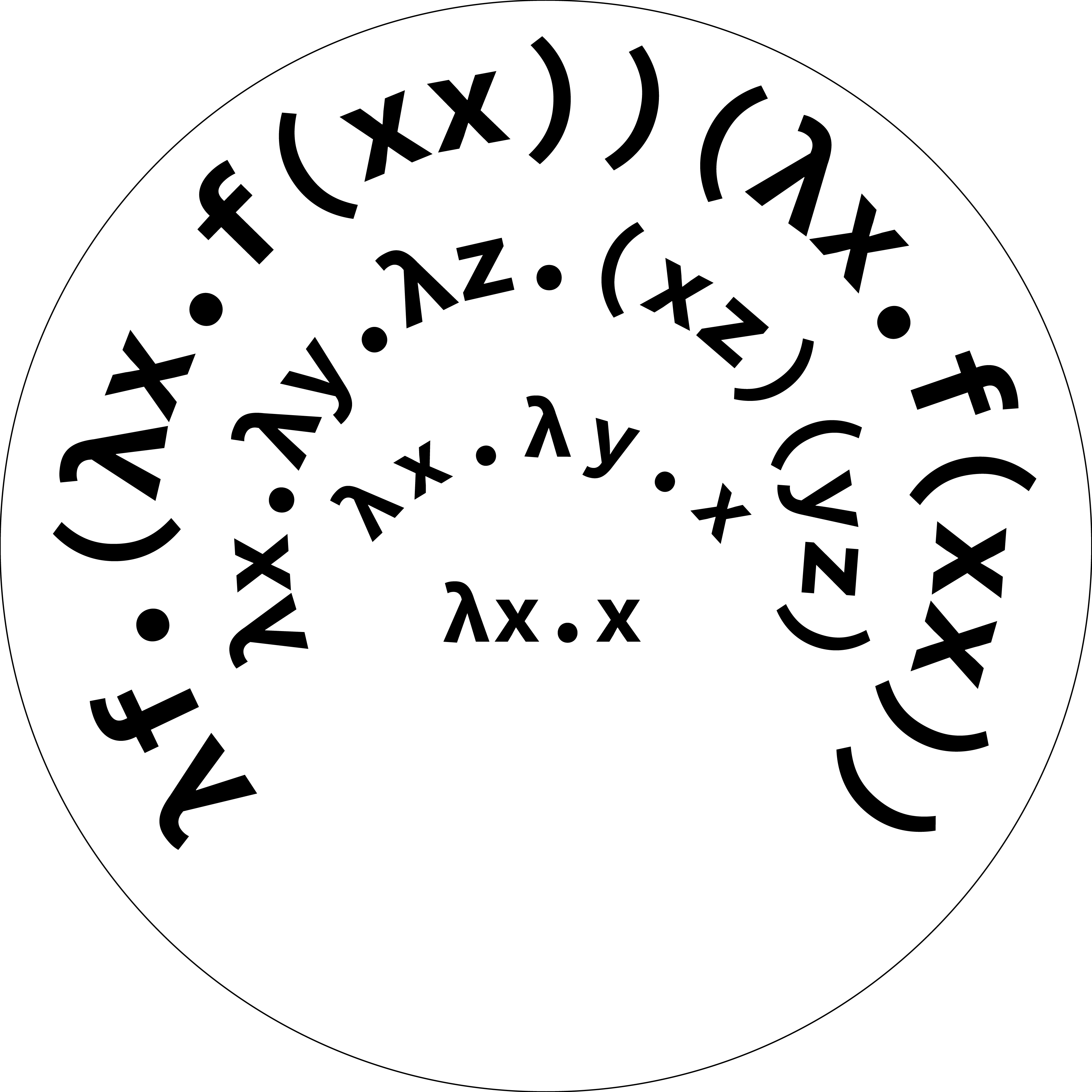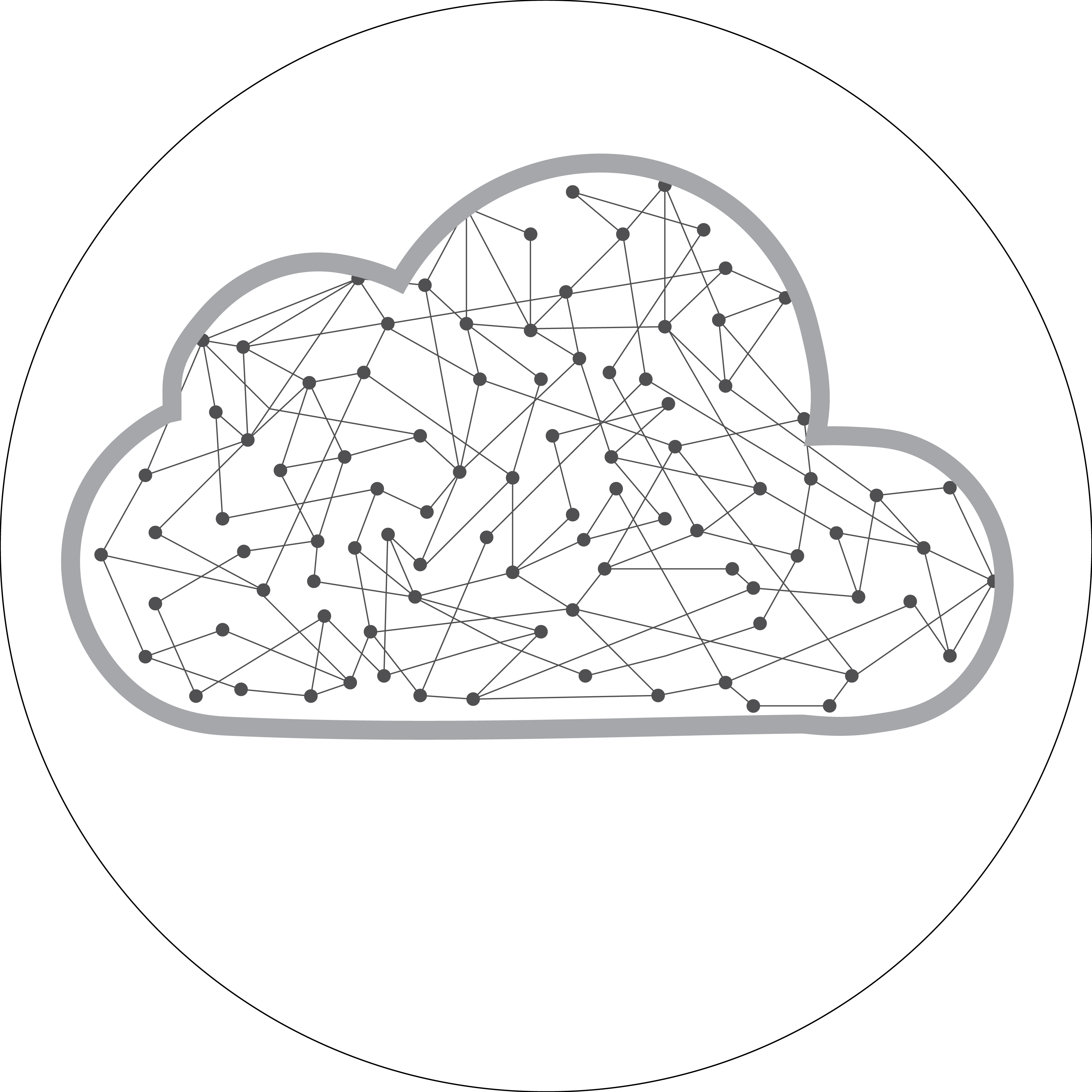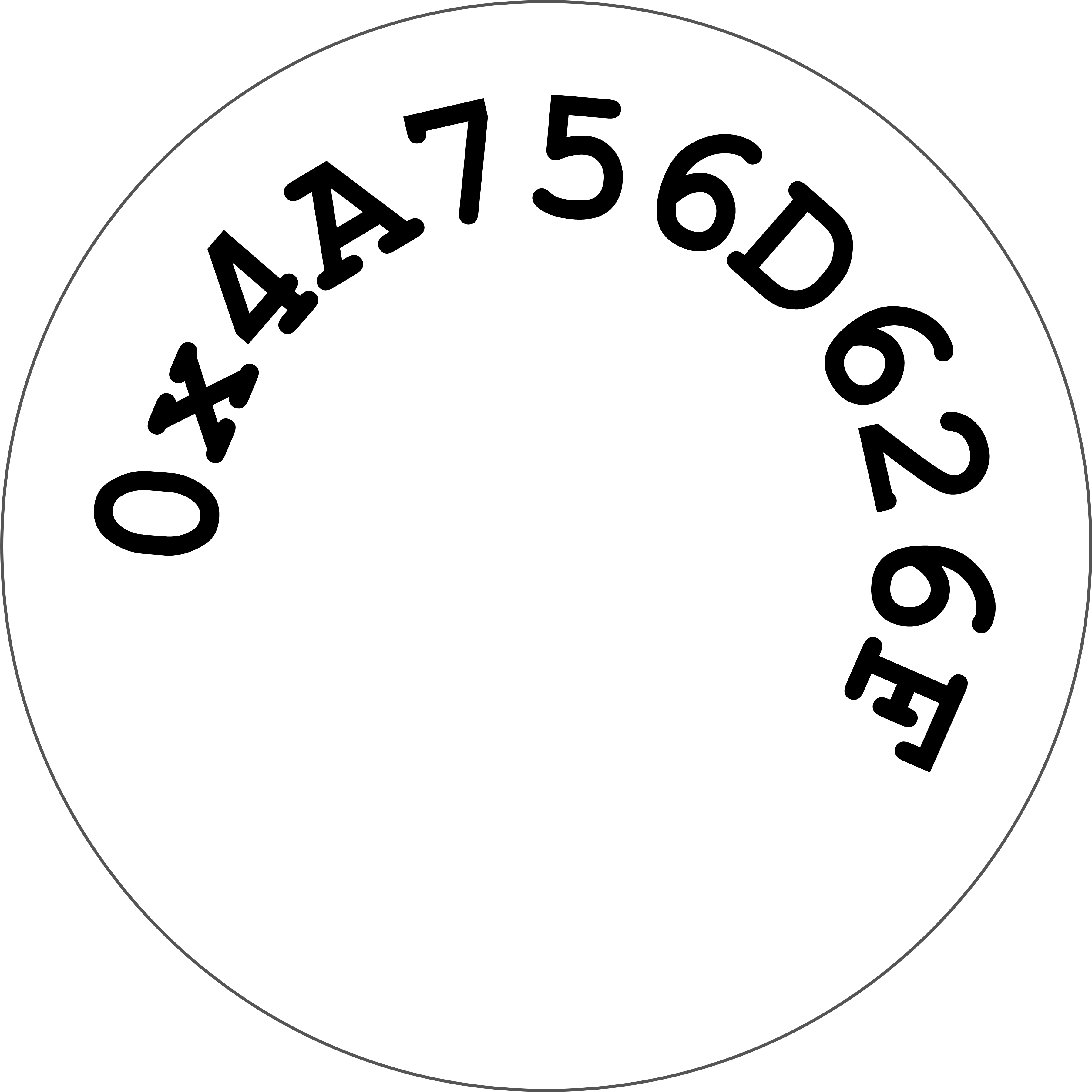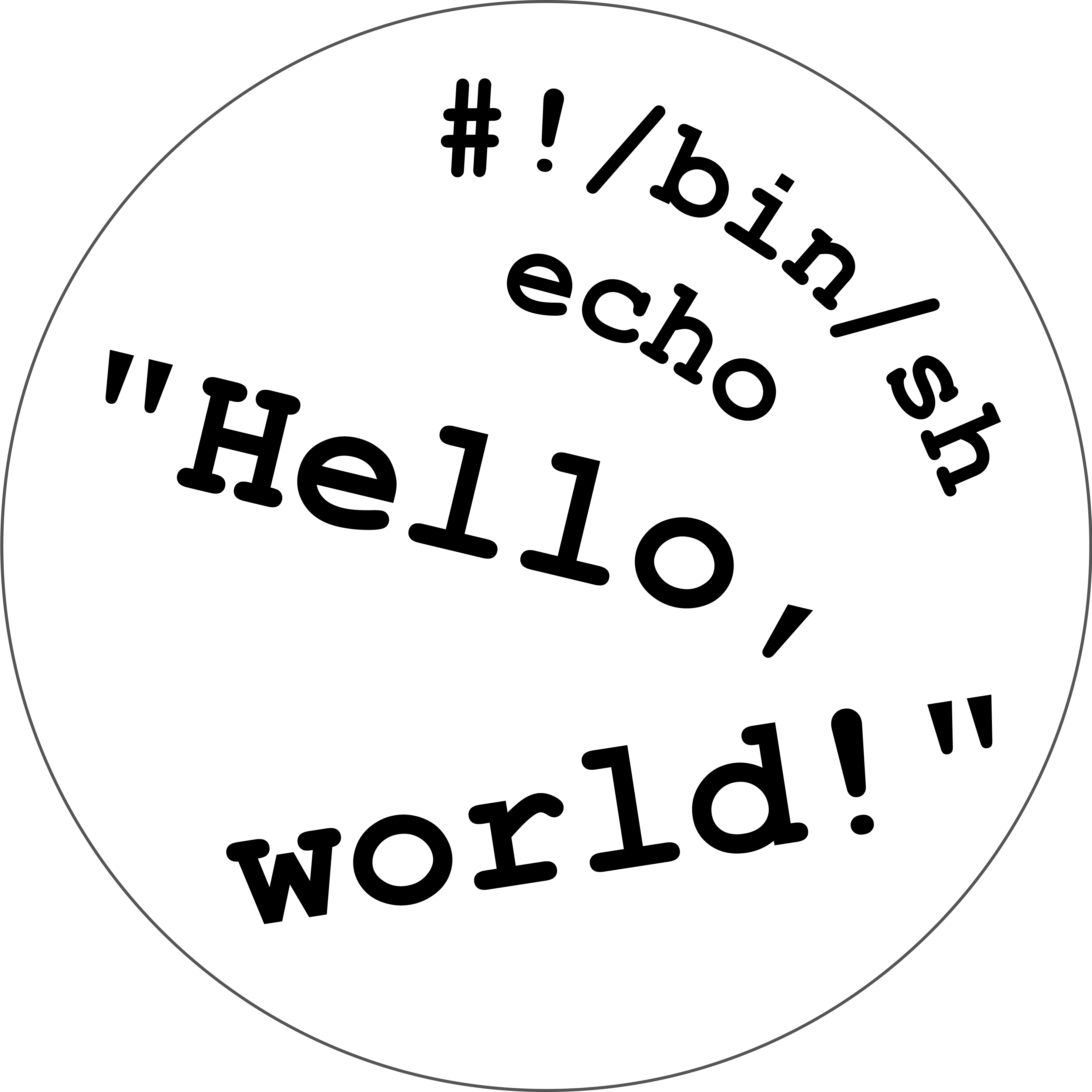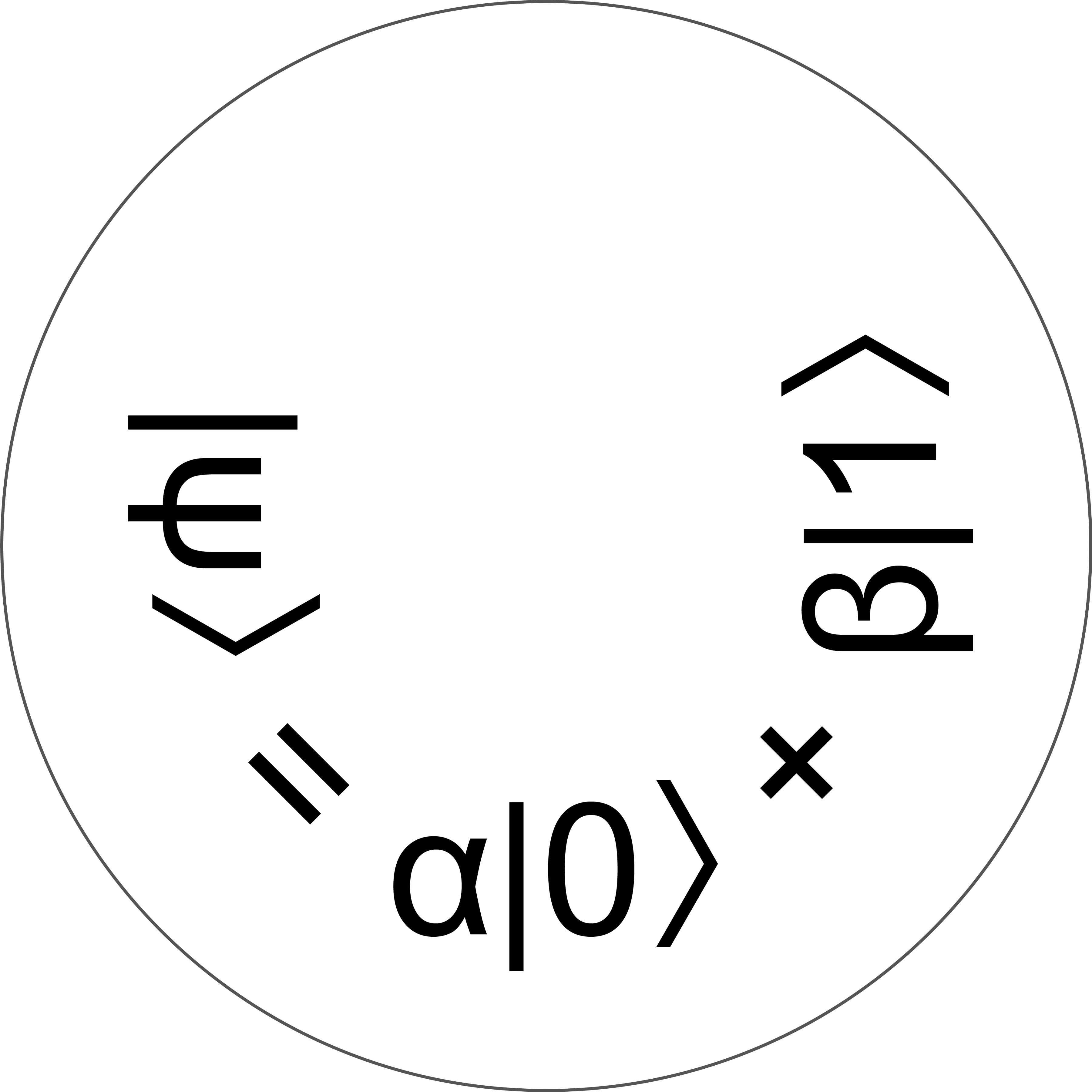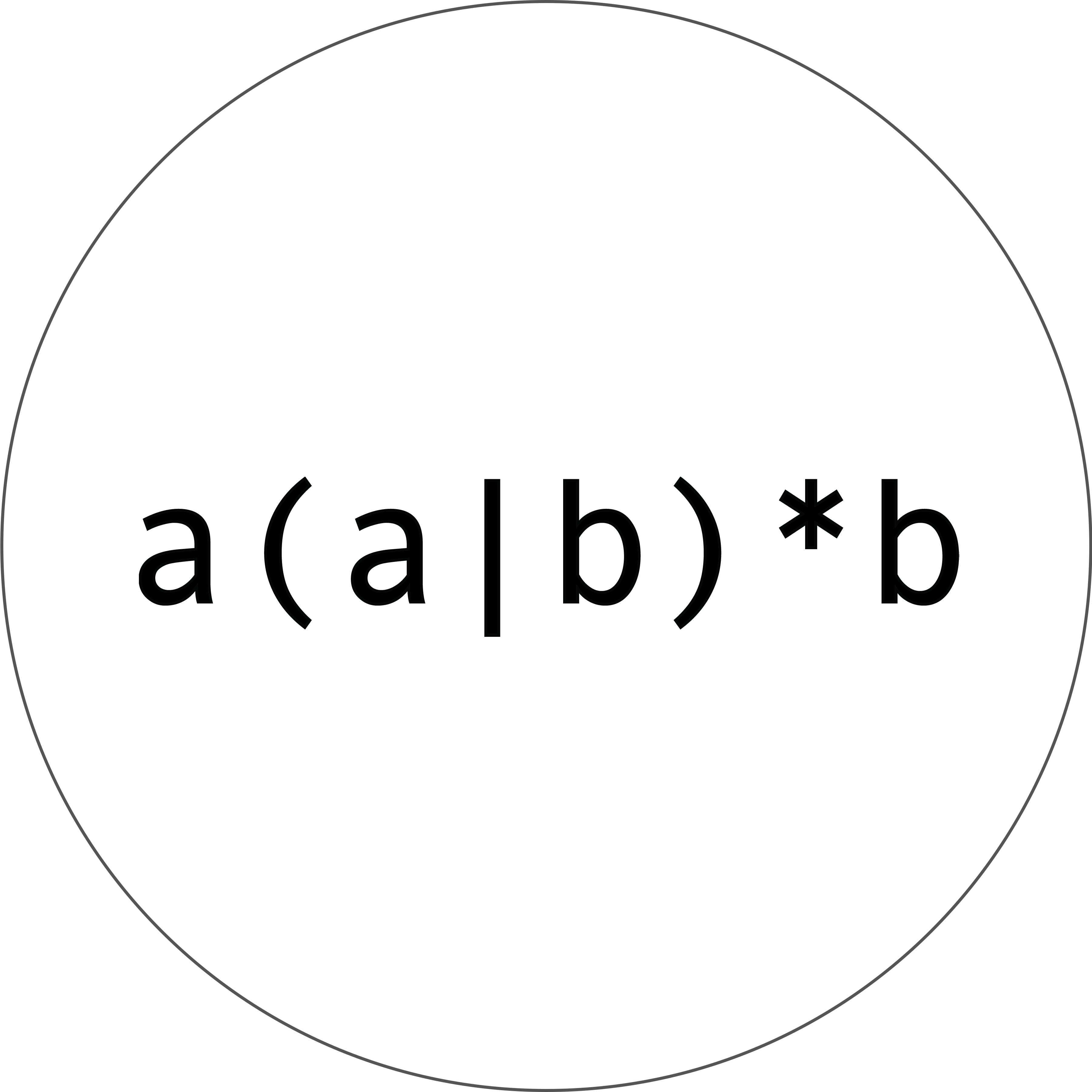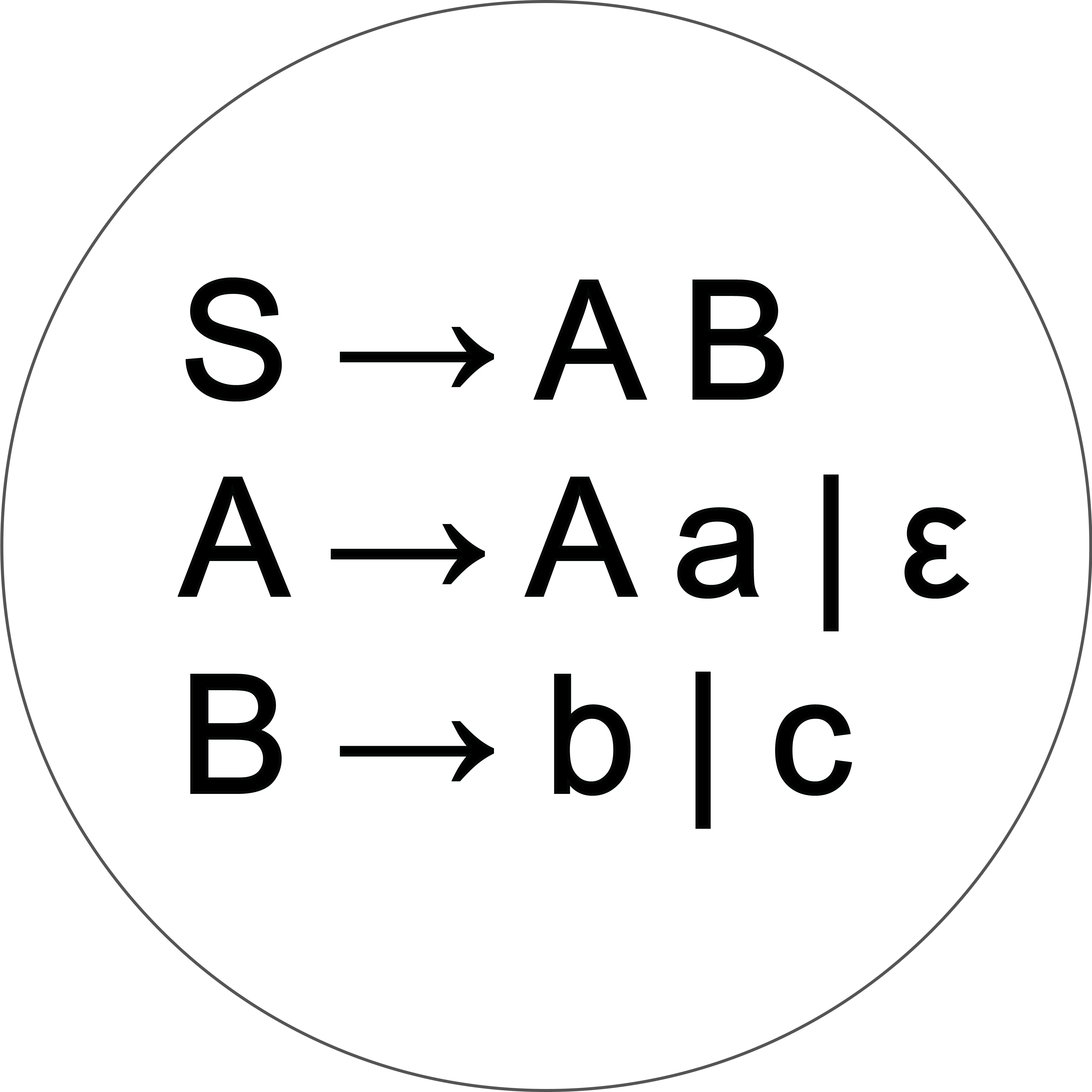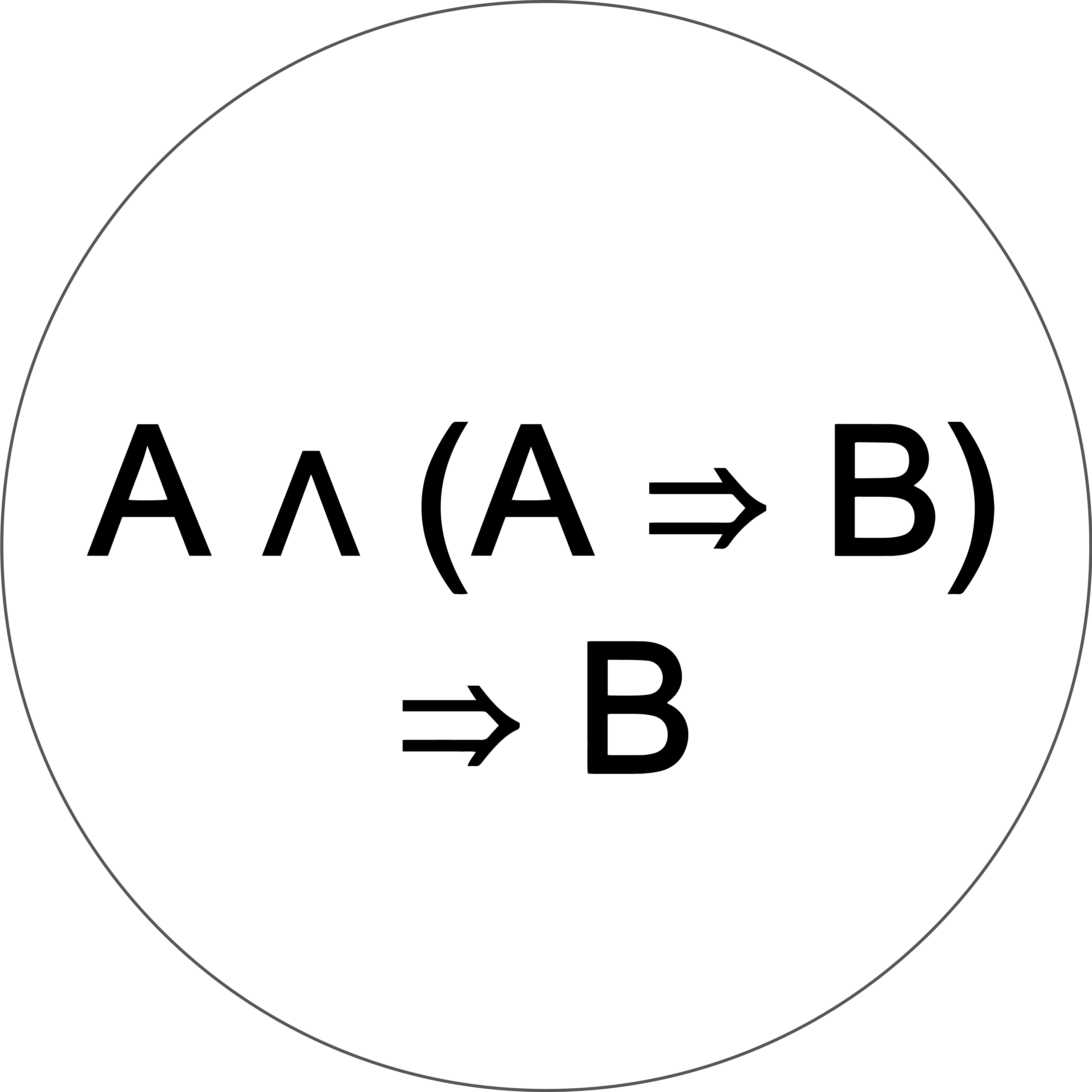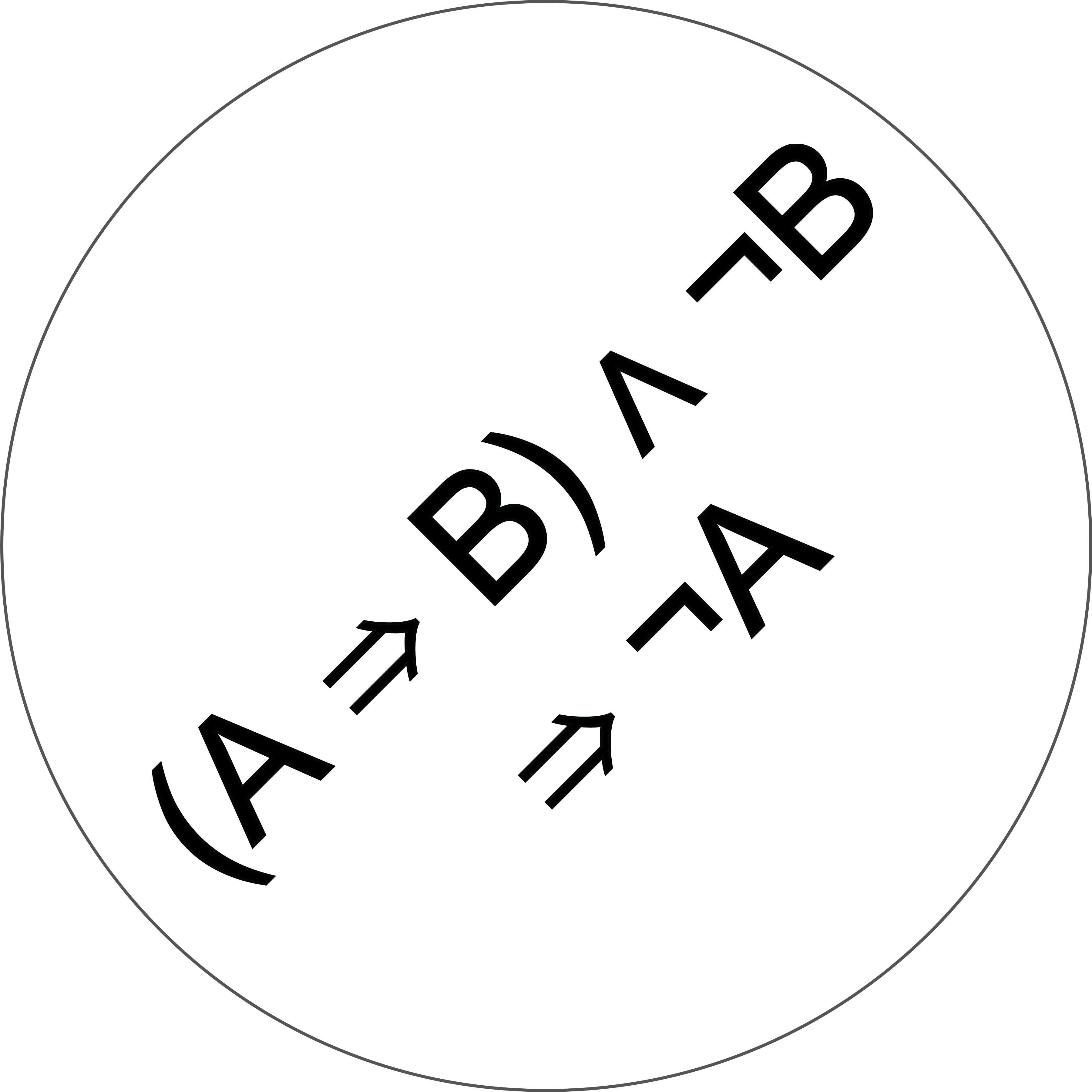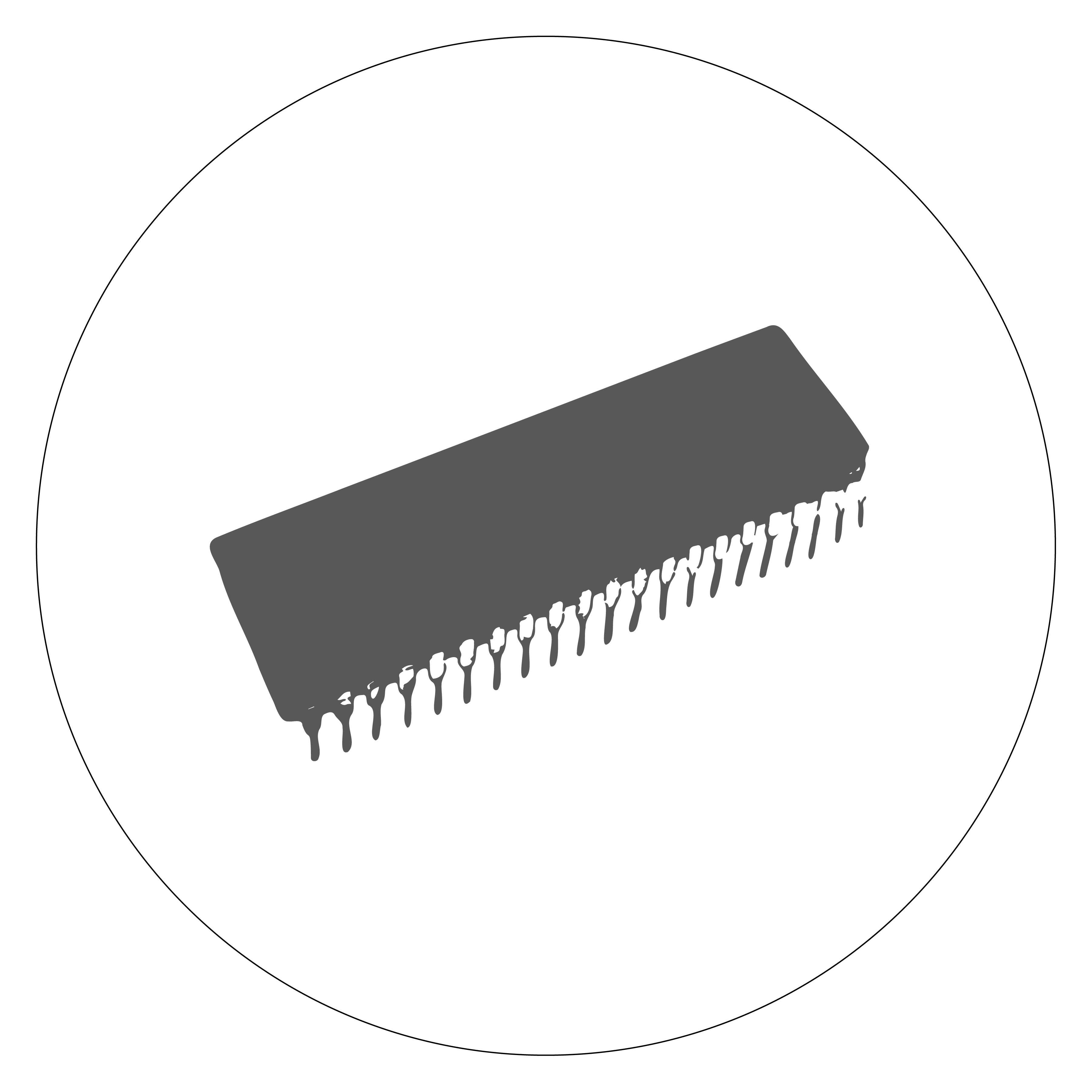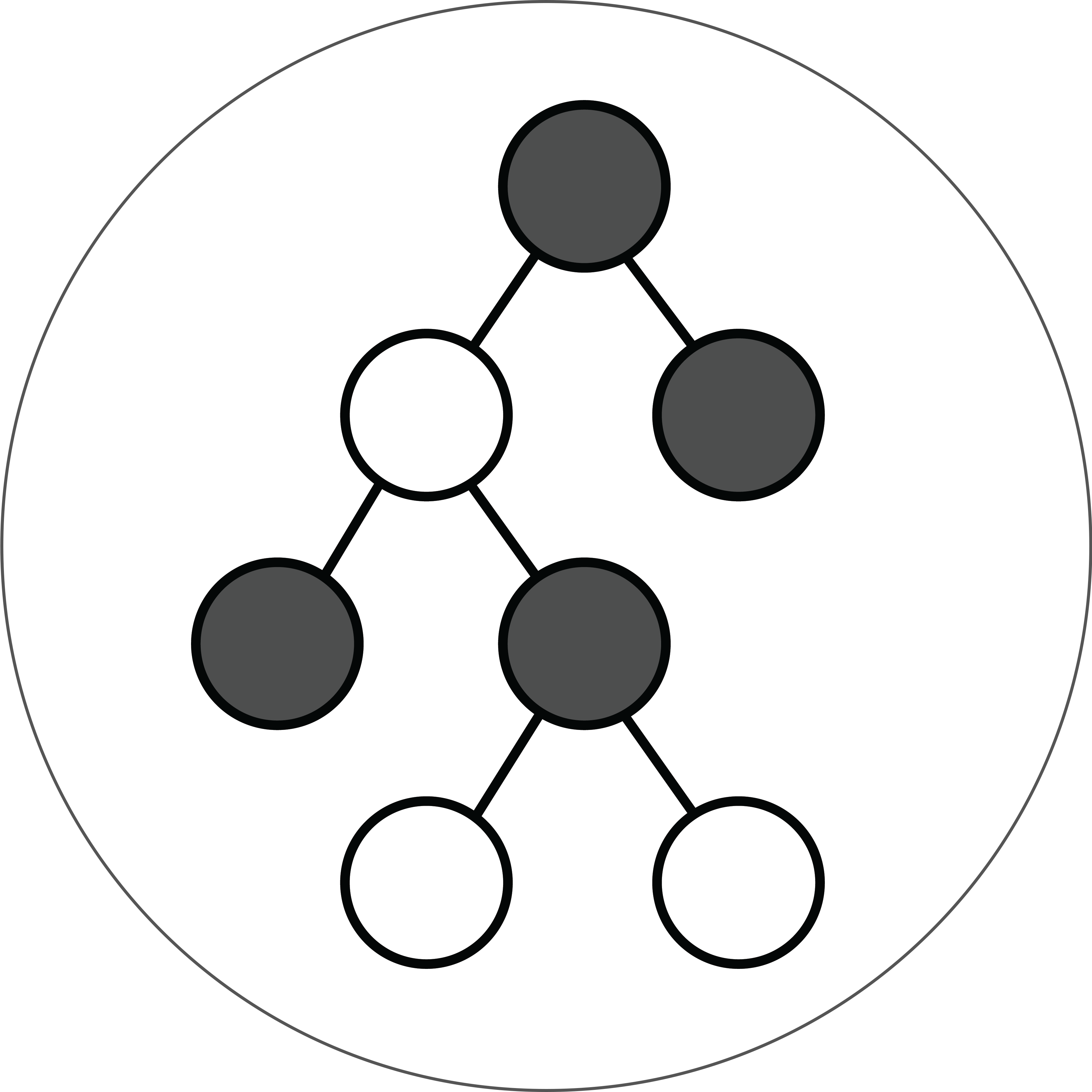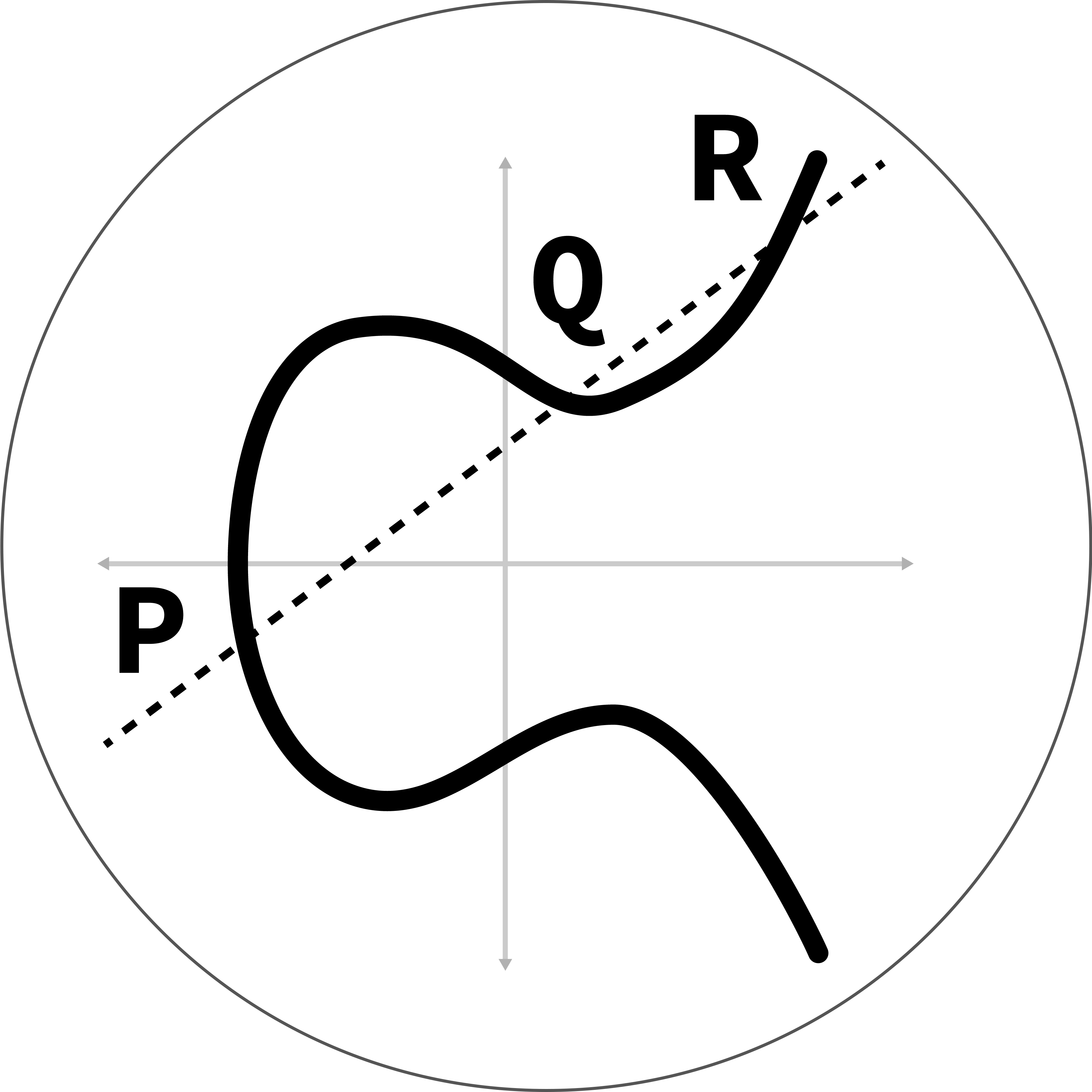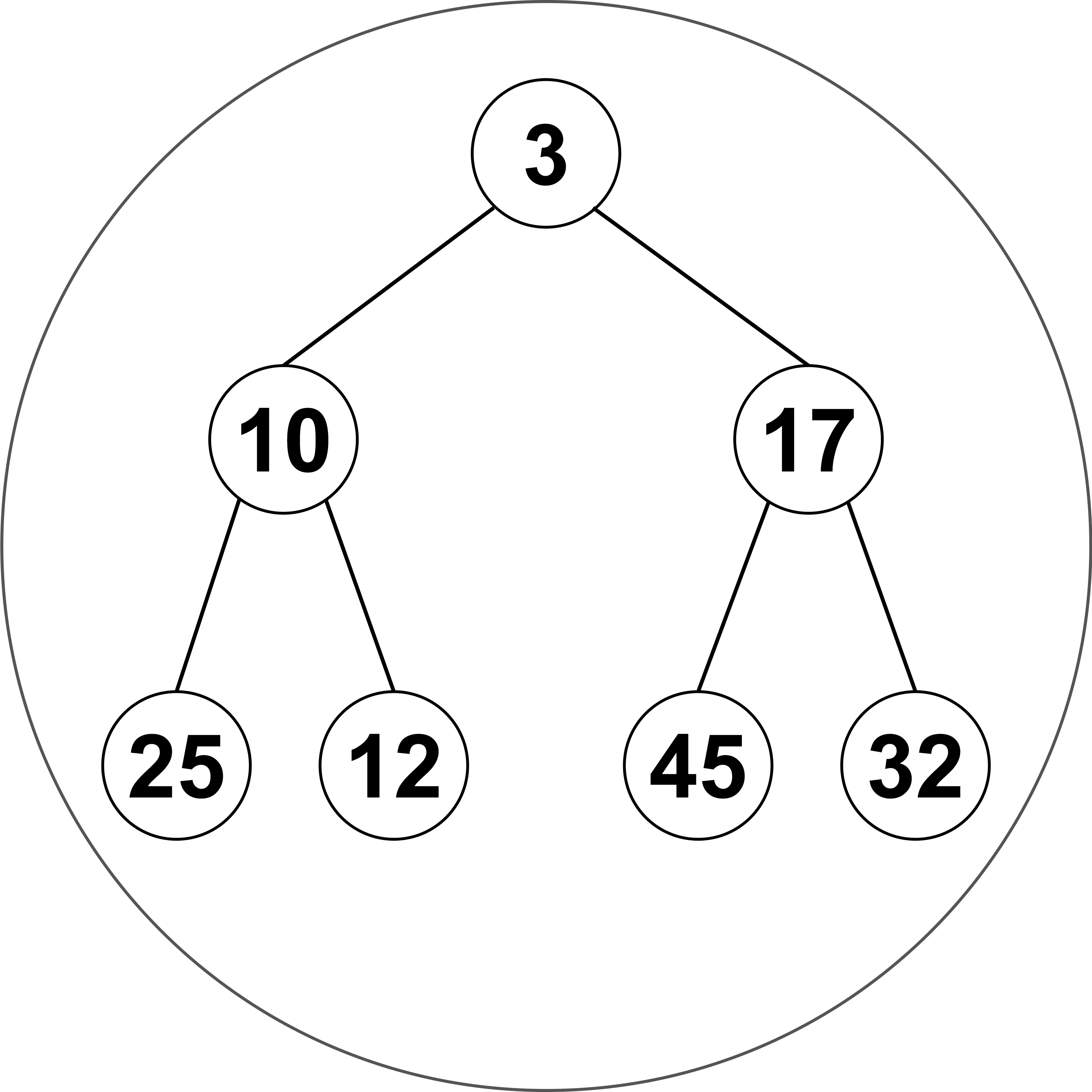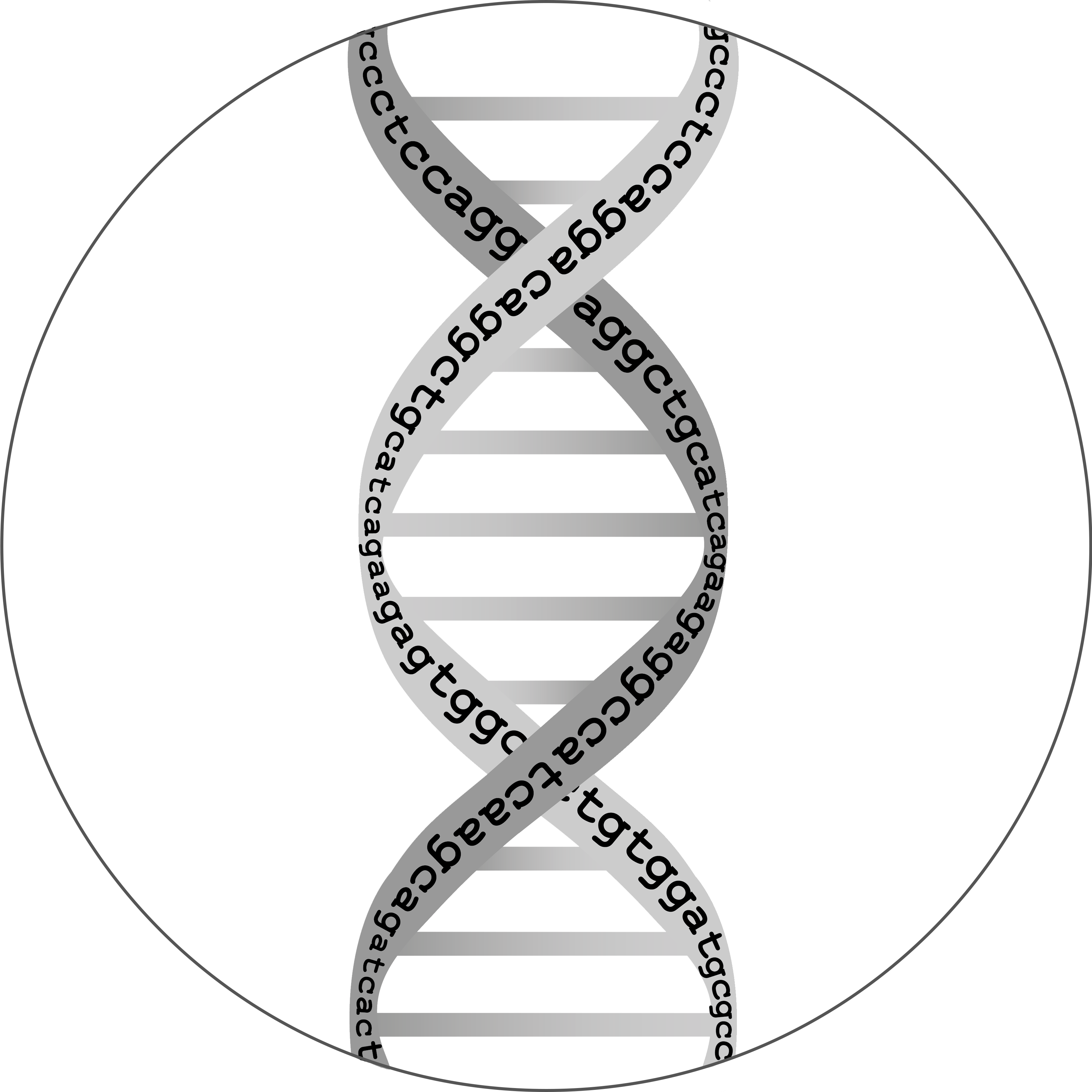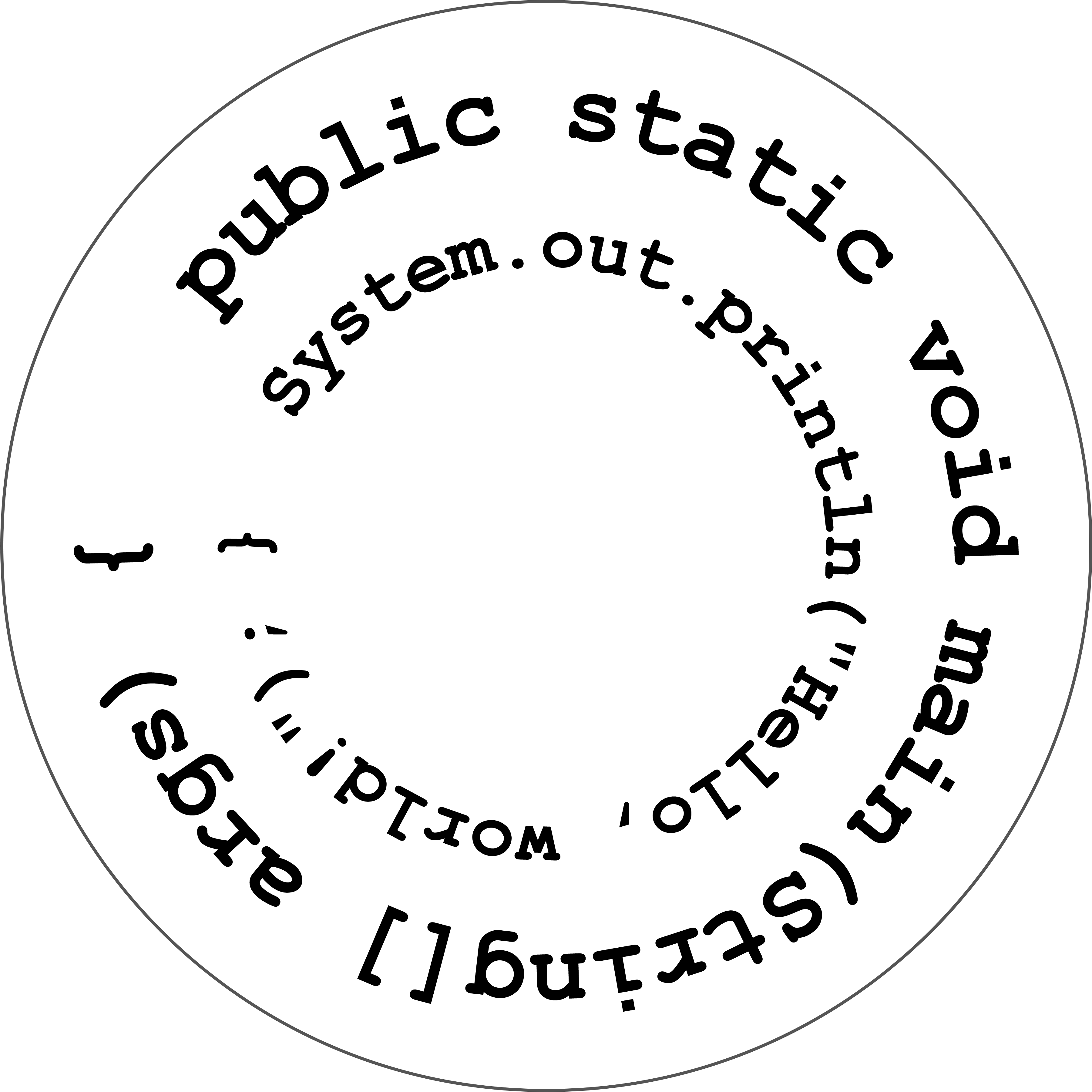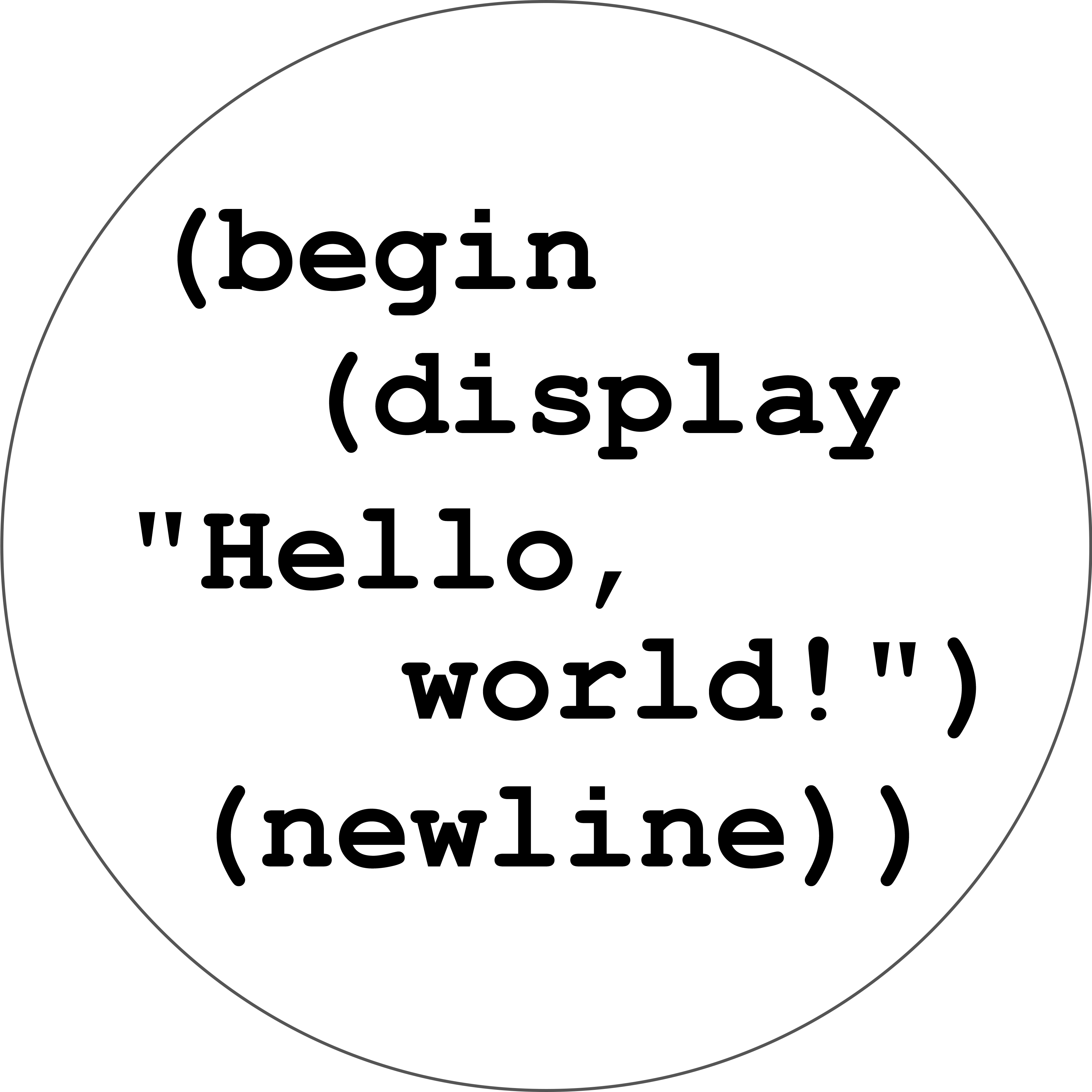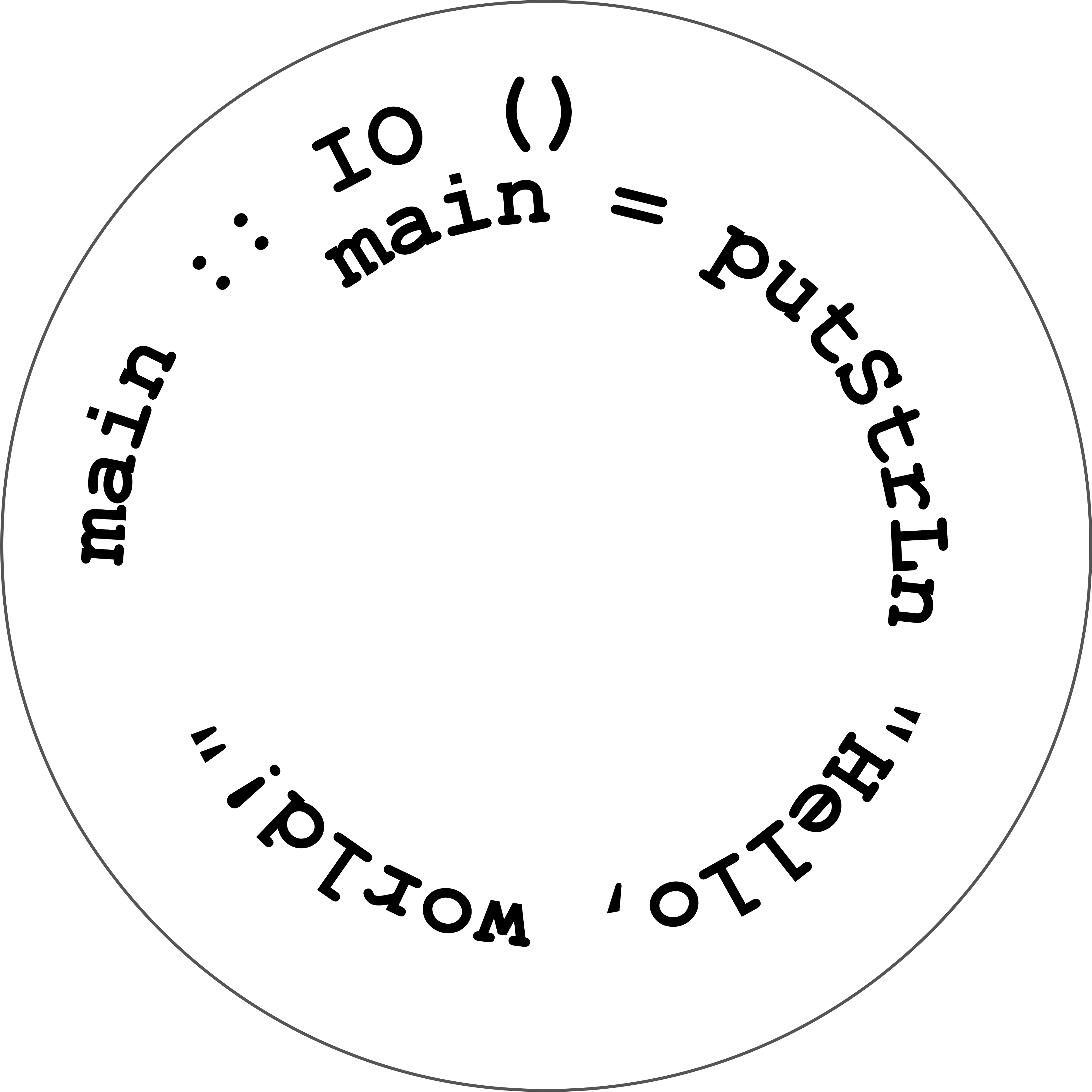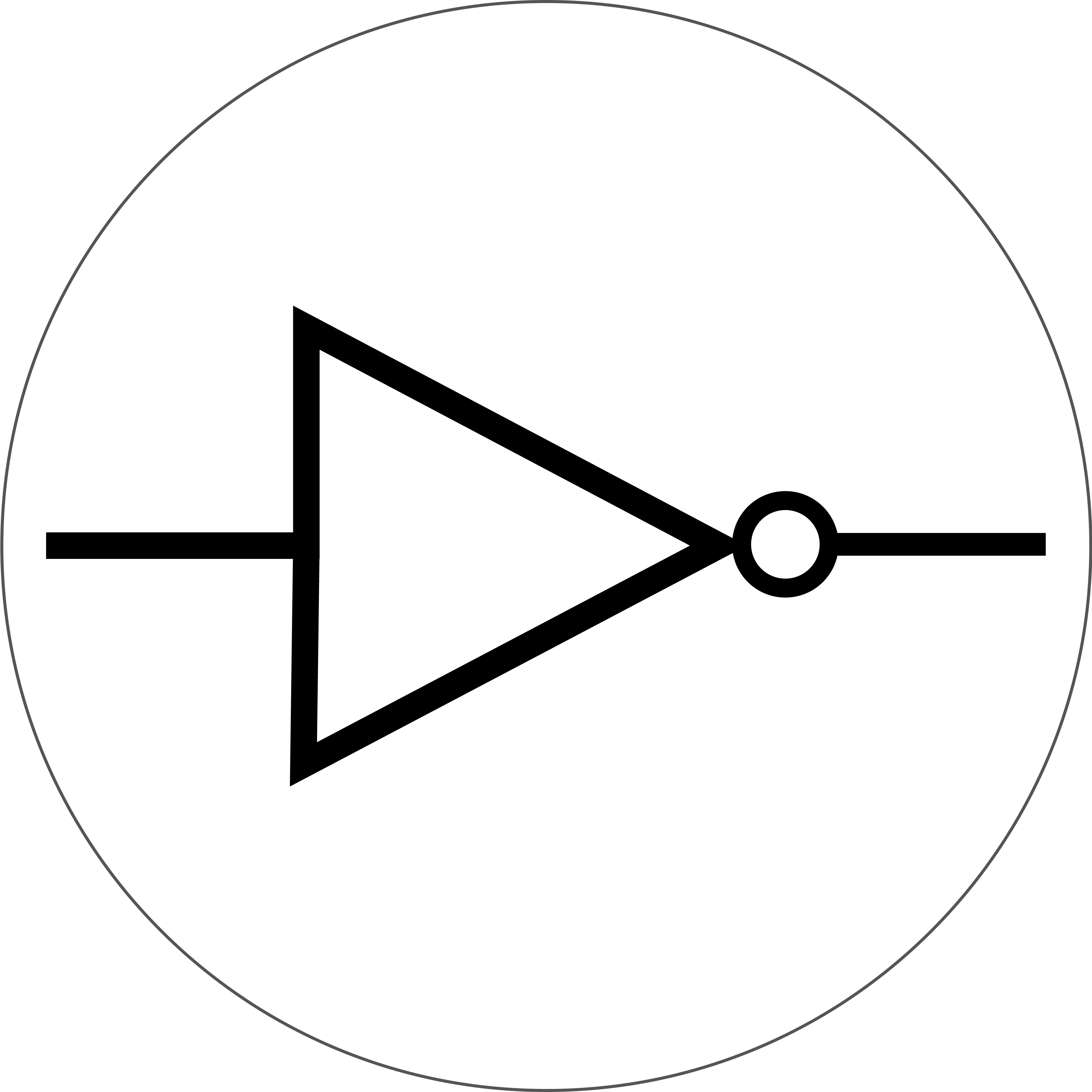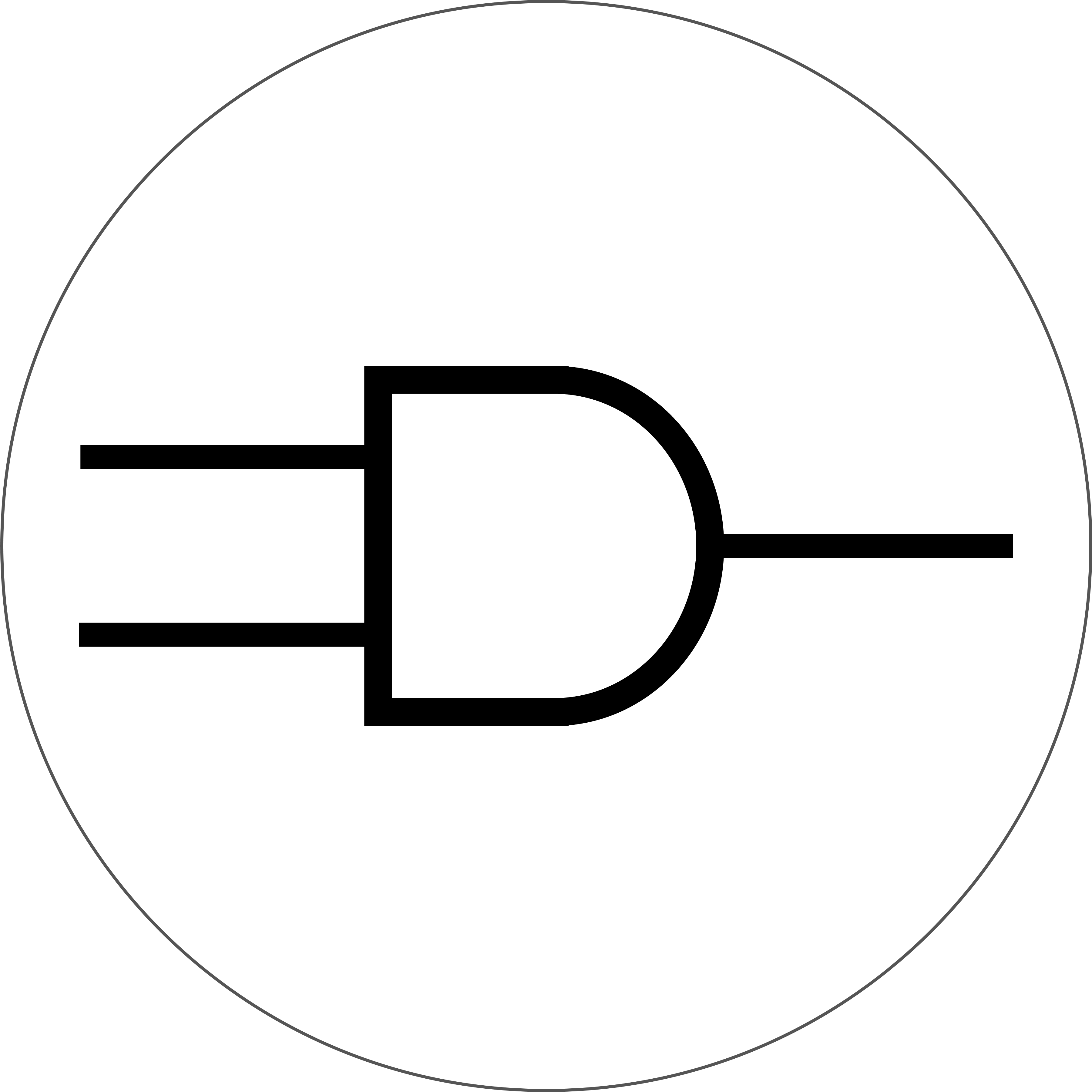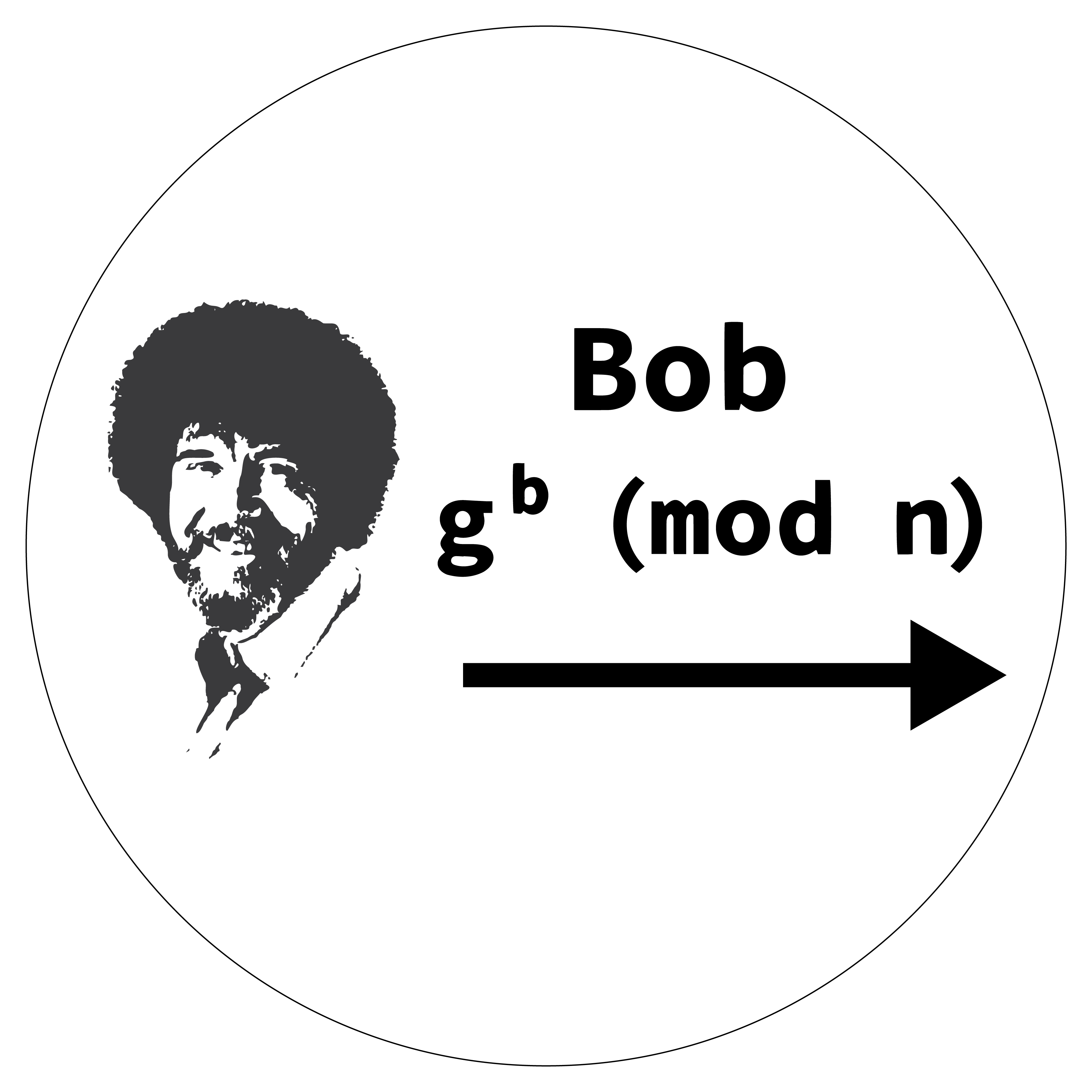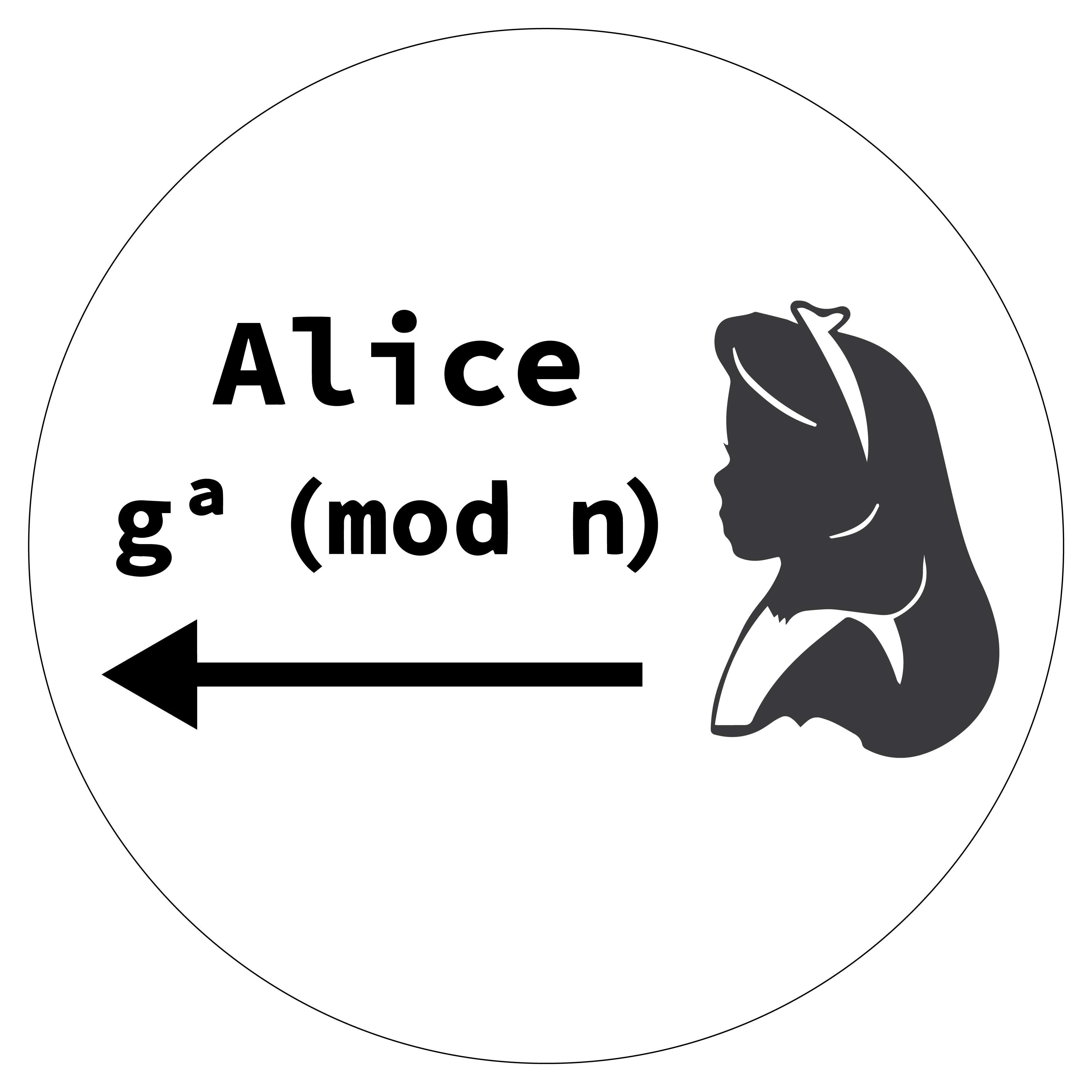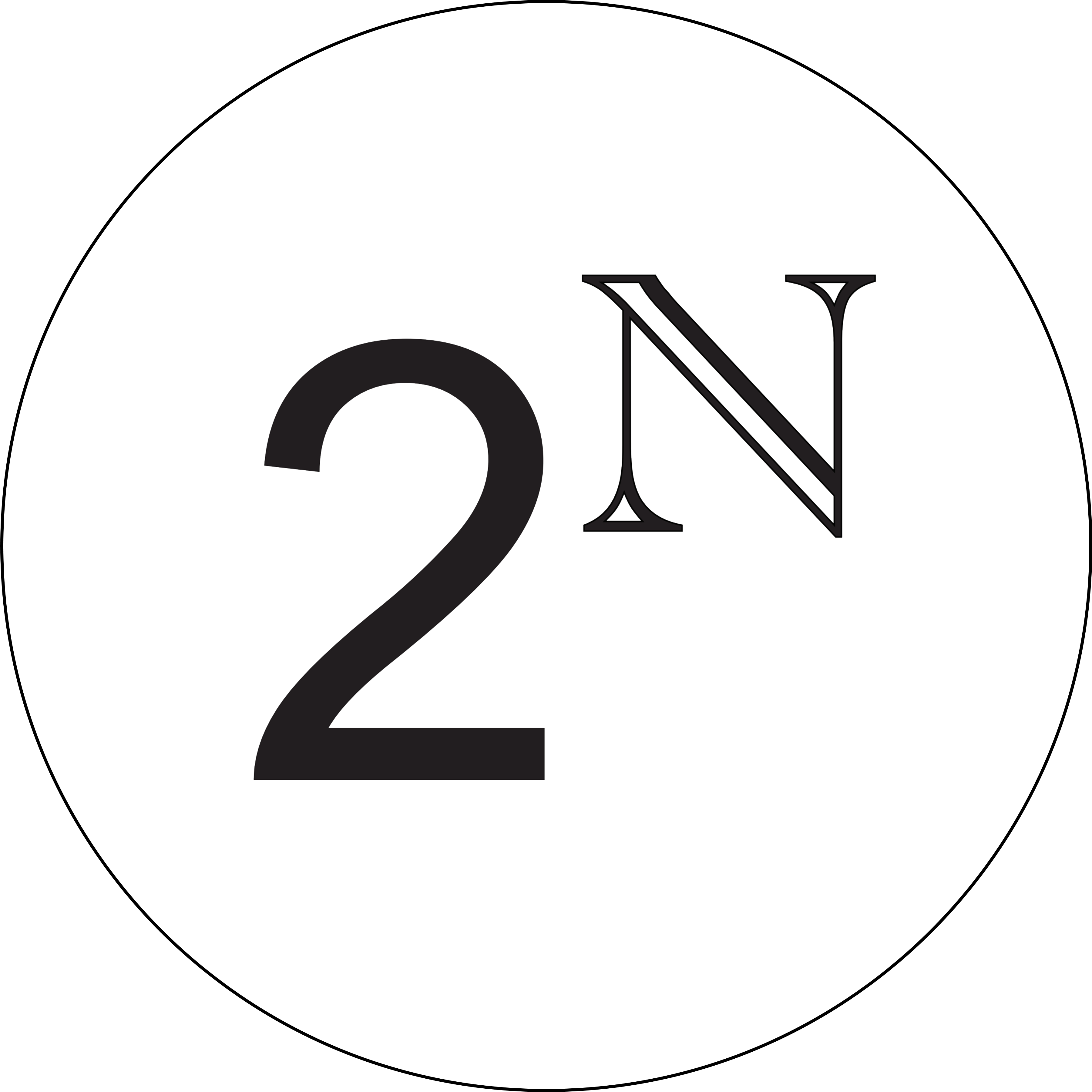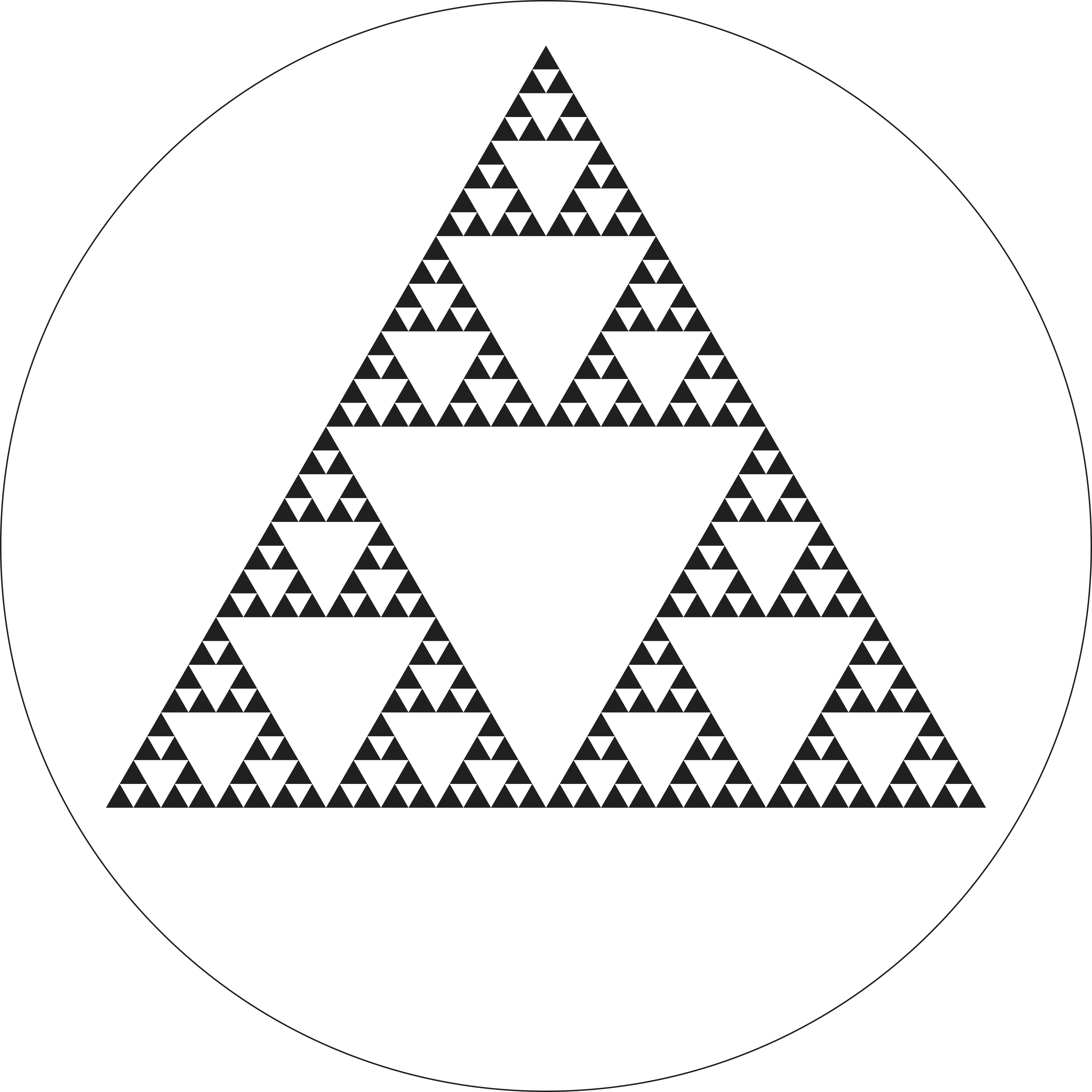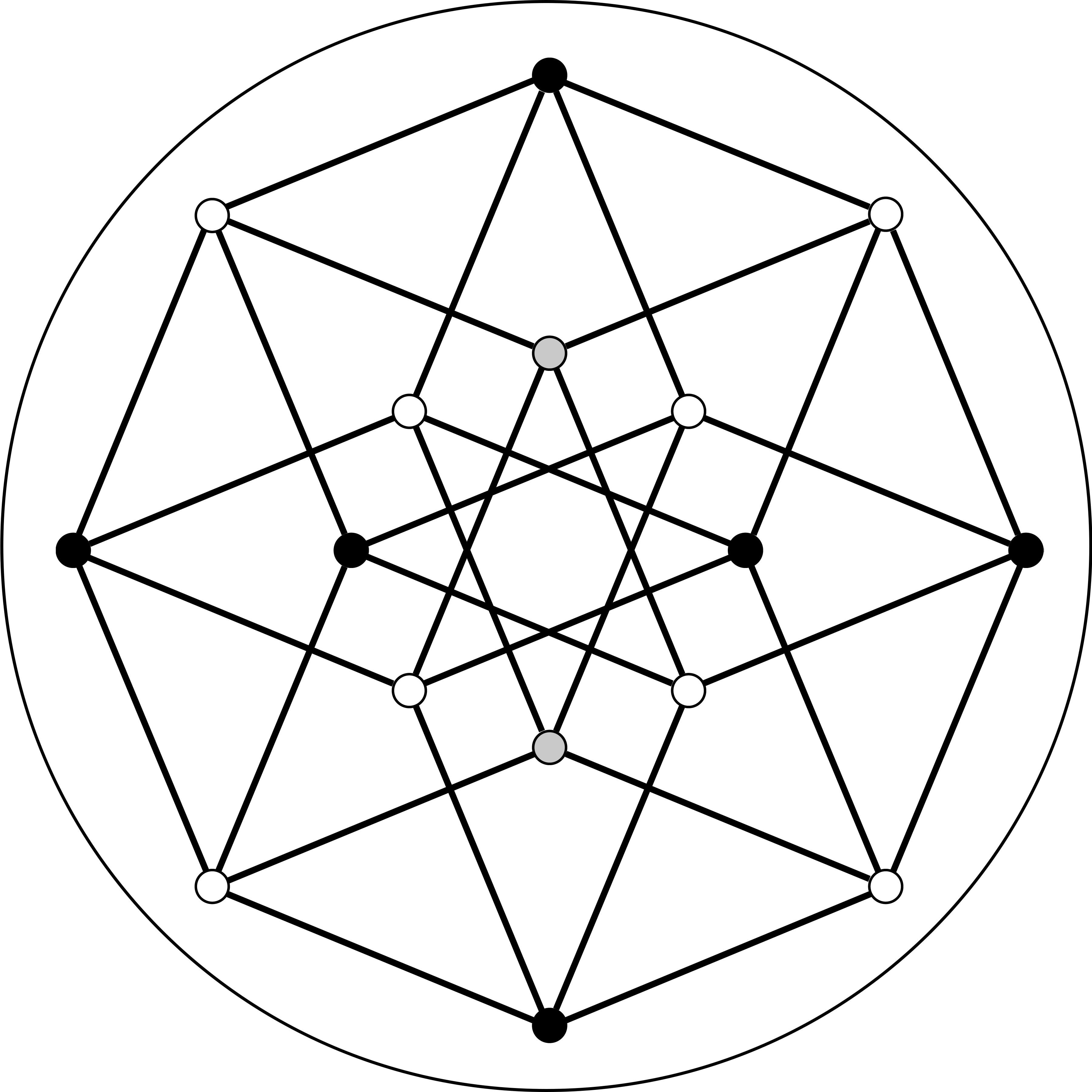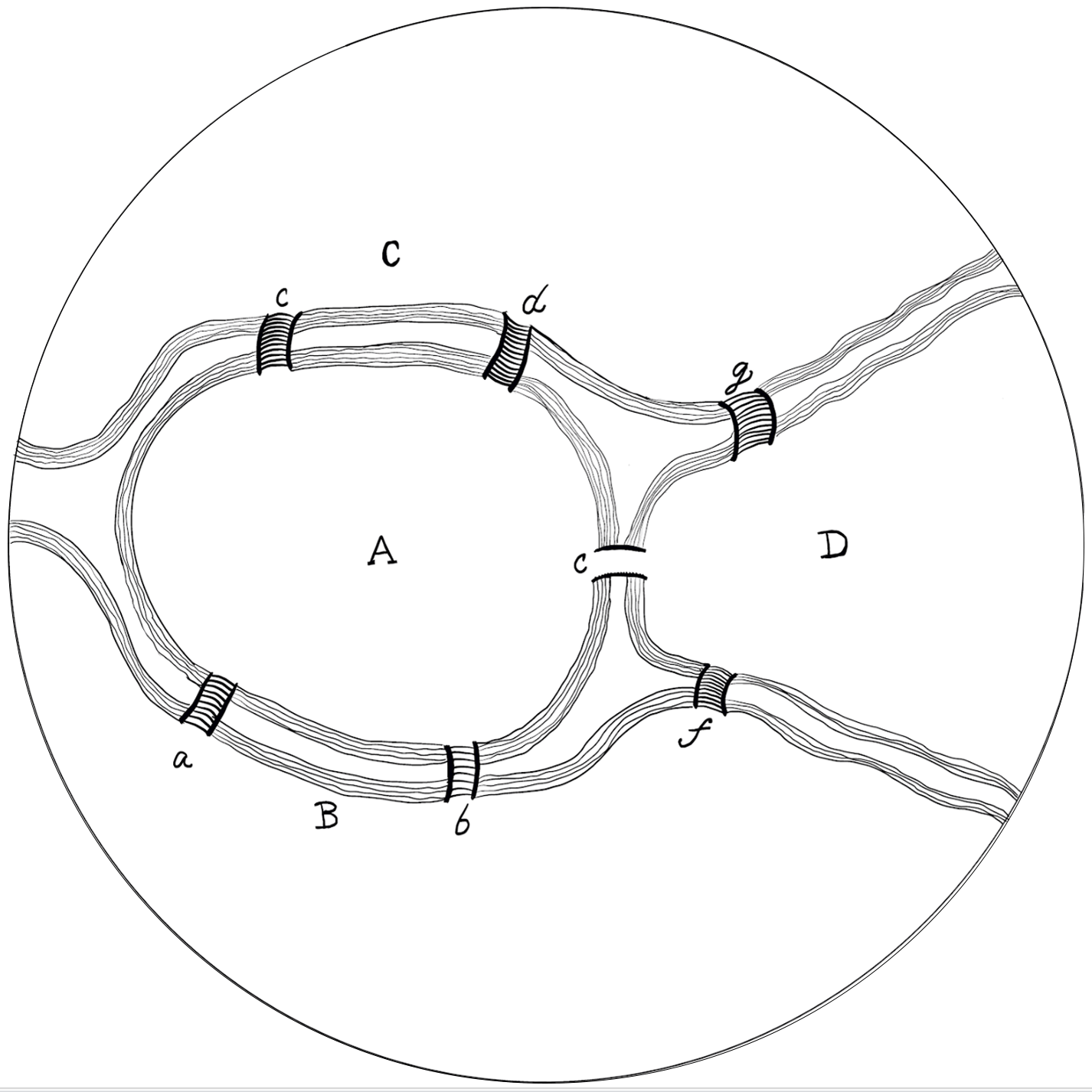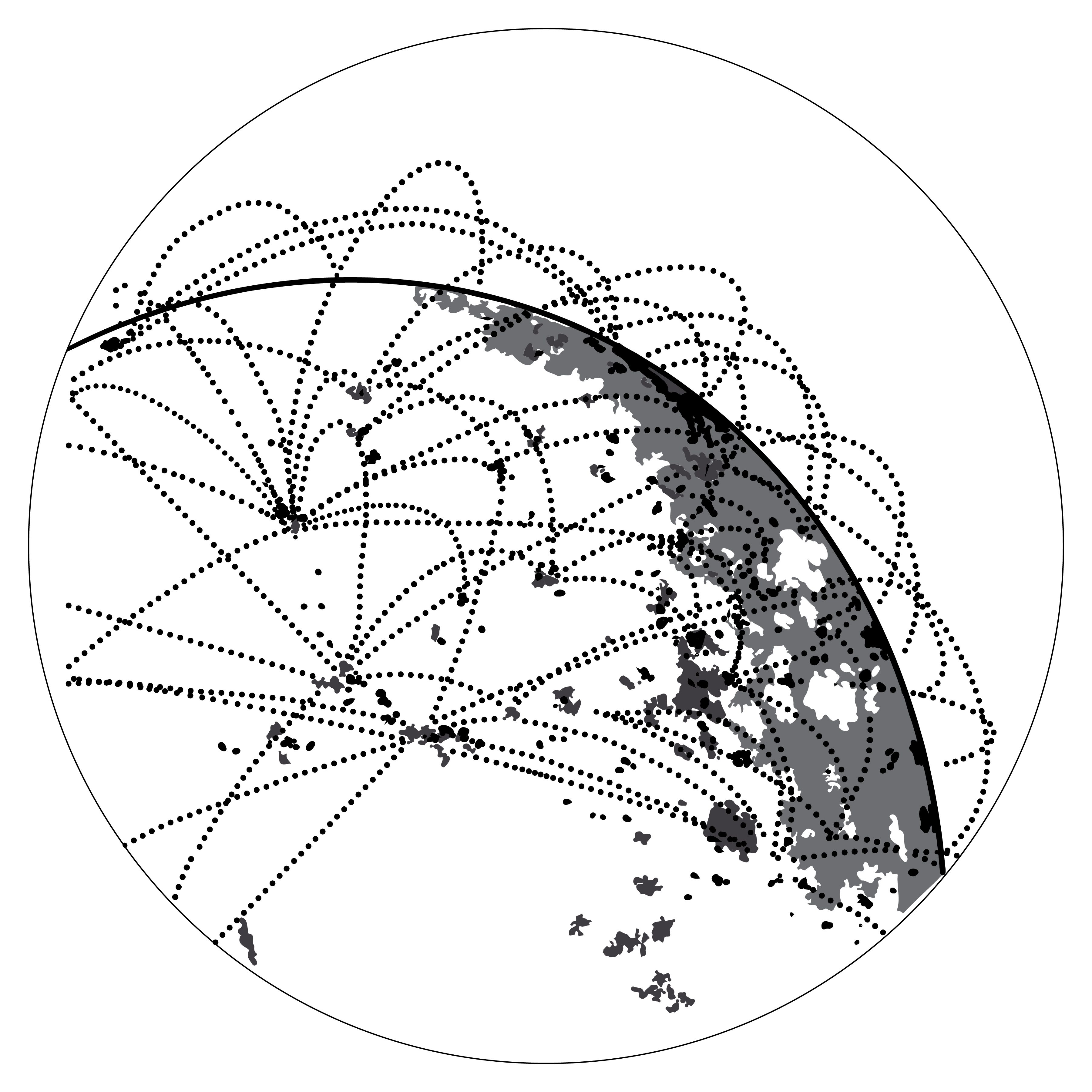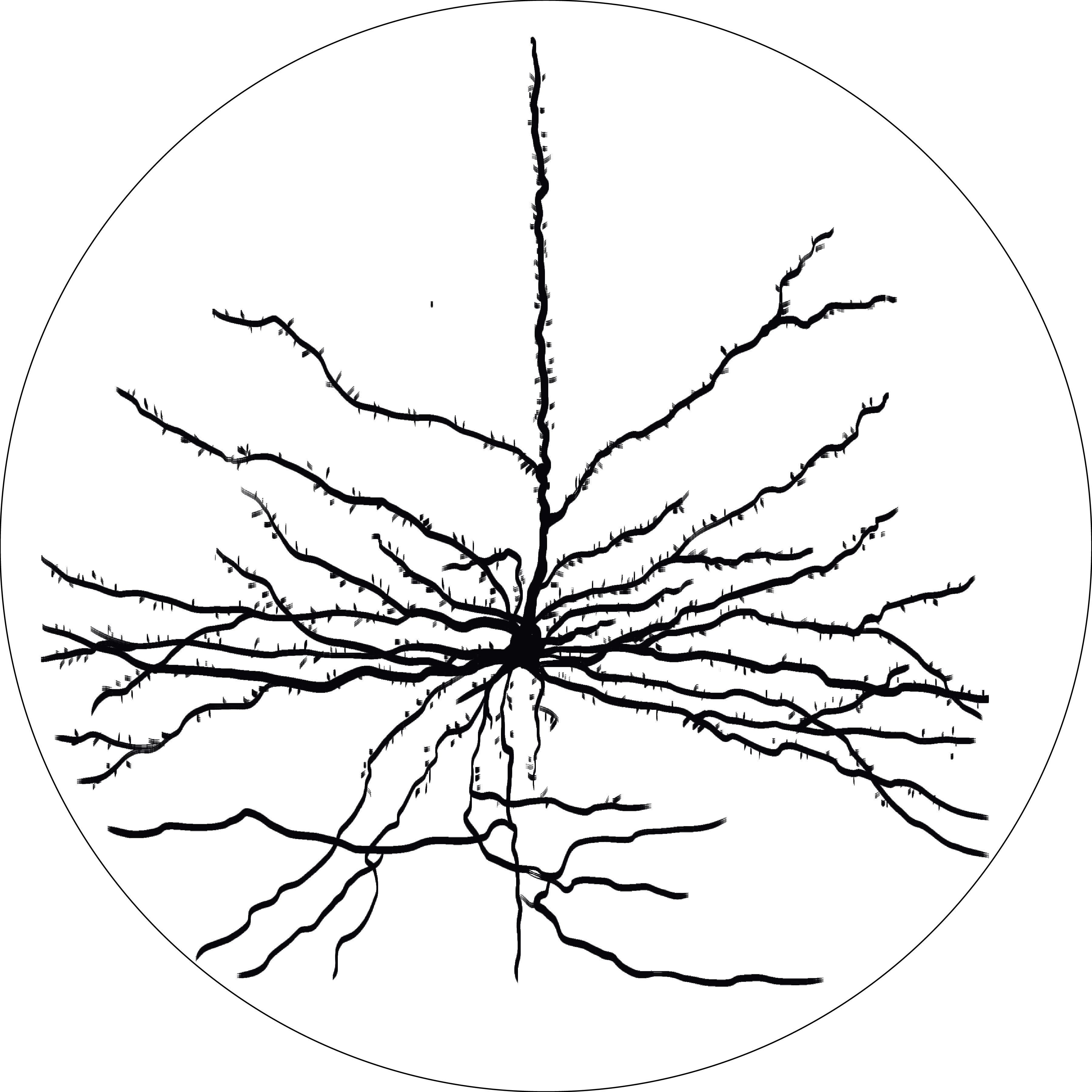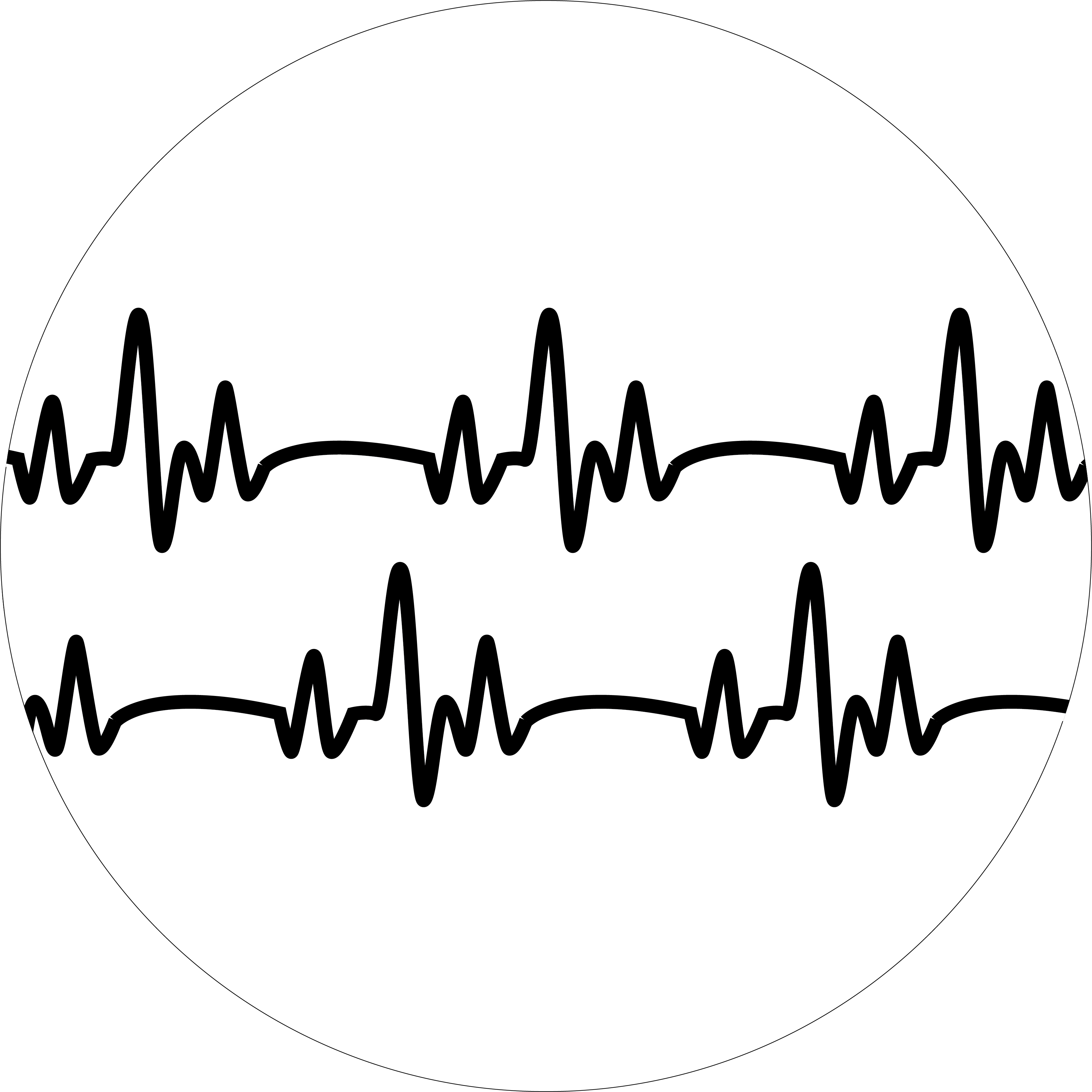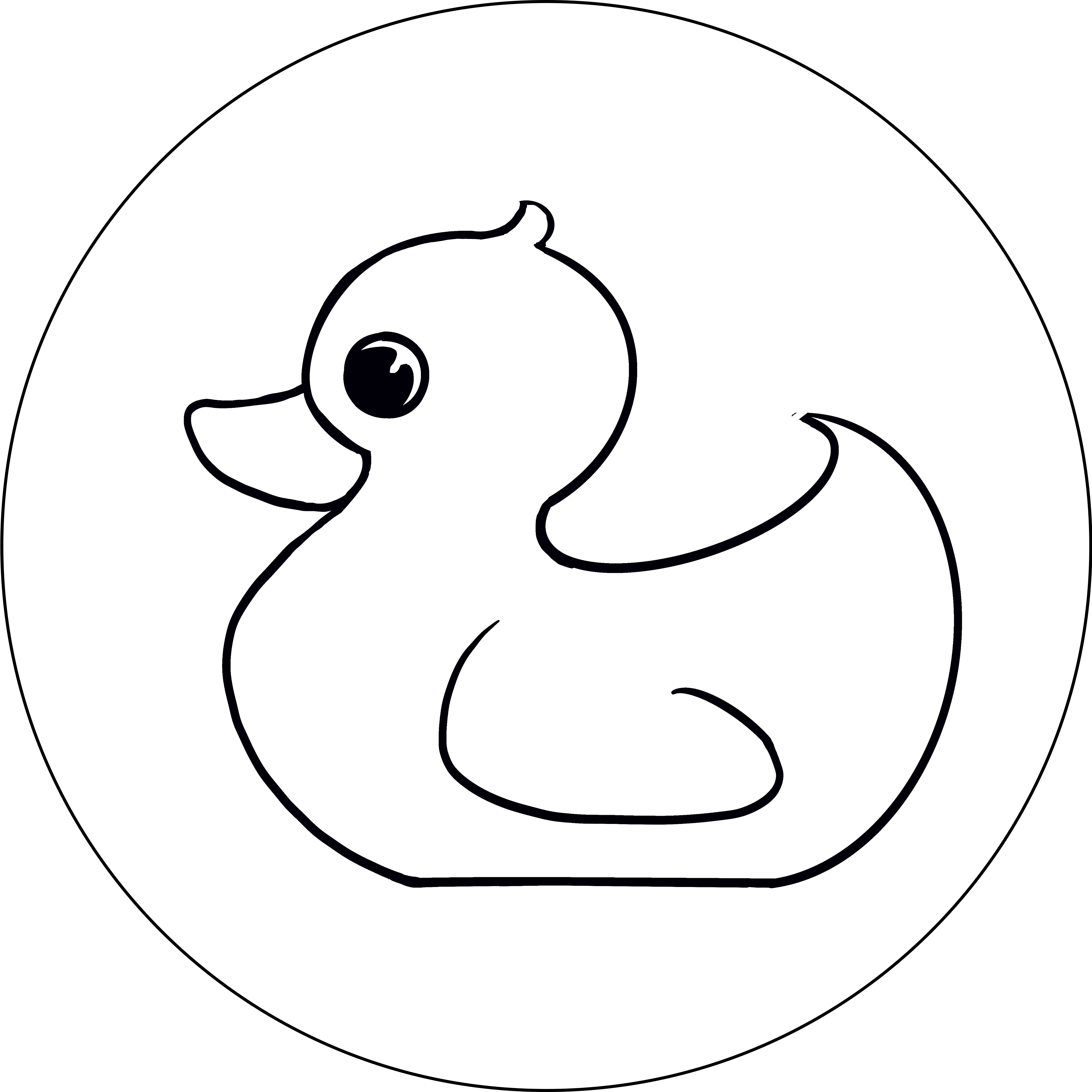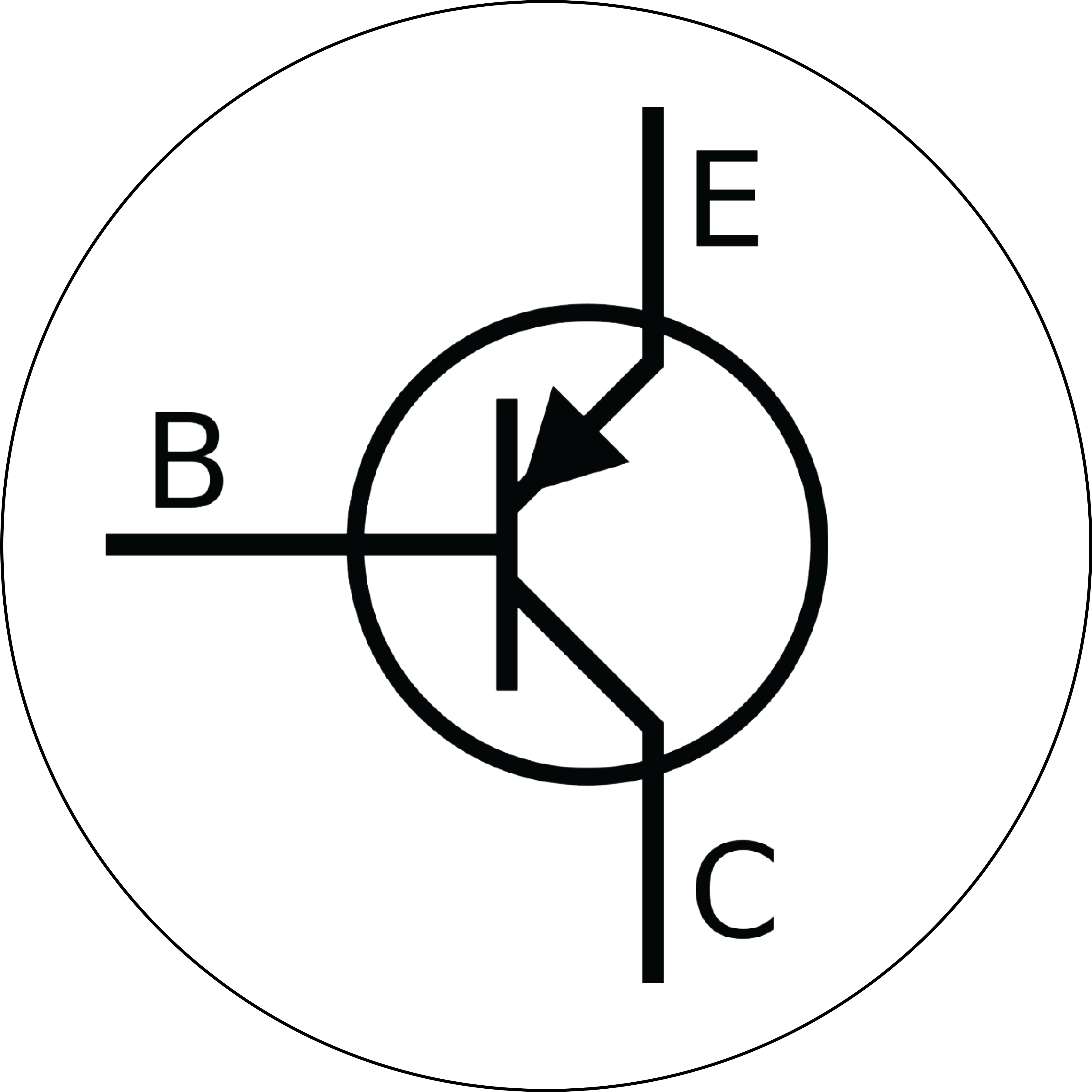Notation Dictionary
In disciplines like mathematics and computer science, type theory is the formal representation of a specific type system: a logical system that assigns a property called a “type” to every variable, expression, function, or module used to build a computer program. This notation is the most basic statement from the theory of type systems, read as “in type environment Γ, expression e has type τ.”
Lambda is usually recognized as the eleventh letter of the Greek alphabet. However, here it represents the work of Alonzo Church, a mathematician at Princeton University, who in the 1930s developed a programming language called lambda calculus, which was able to implement every possible computer algorithm. Church’s work was highly influential in the early development of computer science. For example, Alan Turing, considered the father of theoretical computer science and artificial intelligence, was a student of Church.
This disk contains a formula that calculates the “conductance of a graph cut,” that is, the minimum conductance over all possible cuts. Written in LaTeX font, this formula is significant in data science for measuring the quality of network clusters—useful for identifying sub-networks within the graph.
This notation illustrates Bayes’ theorem in the form of a Venn diagram, which describes the probability of an event based on prior knowledge of conditions possibly related to such event. Venn diagrams provide one of the easiest ways to understand probabilities as they represent the logical relation between sets. Here, they are particularly useful since both the diagram and theorem look at the intersections of different spaces of events.
Human-robot interaction (HRI) studies the interactions between humans and robots. HRI research serves to assist people in instructing and using robots easily and naturally, through different modalities such as spoken language, gestures, and physical interactions. As a multidisciplinary field, HRI research receives contributions from human-computer interaction, AI, robotics, design, and psychology.
The Hello, world! application is the first step in learning any programming language. “Hello, world!” programs are often used to demonstrate how the coding process works and ensure that a language system is working properly. When run, such a program will display the phrase “Hello, world!” on the screen.
In English, @ is referred to as the “at sign.” While this notation seemingly has a linguistic history that goes back to the eighth century, it is commonly known as the symbol that indicates the location or institution of an email recipient. It was first used in 1972 by Ray Tomlinson, who sent the first electronic message from one machine to another, which necessitated the addition of “@host” to the address, that is, user@host rather than just user.
Pi, represented by the symbol π, is a mathematical constant that expresses the ratio of a circle’s circumference to its diameter, approximately equal to 3.14159 with a never-ending decimal representation. While pi is a fixed constant in the sense that its possible digits are determined, one may ask the question: Is pi a normal number? “A decimal number is considered normal when every sequence of possible digits is equally likely to appear in it, making the numbers look random even if they technically are not.”1 By applying statistical tests to pi, one may determine if it is normal. After many tests, this remains an open question.
Y Combinator echoes the lambda disk and its illustration of lambda calculus, a “tiny” programming language in which every possible algorithm may be implemented. This particular notation shows several programs, also known as terms, in lambda calculus. The outermost term is the Y Combinator, used to write lambda calculus programs that have loops. The other terms, from outside in, are named S, K, and I, which have a surprising property, that is, any lambda calculus program may also be written as a combination of the three terms.
The cloud is the term used to describe a vast global network of servers. While each server has a unique role, they are linked together and meant to operate as a single ecosystem. Their main purpose is to store and manage data, run applications, and deliver content via the internet. Instead of accessing such files and data from a local computer, people may access them through the cloud—meaning the information is ever-available
This notation illustrates the marks used to make a comment in the C/C++ programming languages. The comment is inserted between the two asterisks (*). A comment is a part of source code that does not affect the functioning of the program but provides additional information to programmers who read the source code. Essentially, its use makes the source code easier for humans to understand. Effective use of comments is generally considered essential to good coding practice.
ASCII stands for the American Standard Code for Information Interchange, and its codes represent text in computers, telecommunications equipment, and other devices. The same bits that represent letters and words in a computer can also be interpreted as numbers. Conversely, when printing information on paper or a screen, it is useful to have a way of representing arbitrary bit patterns as letters. Programmers often find it convenient to first convert the numbers to base 16 (hexadecimal) and then represent each hex digit as one printable character in the range 0–9 or A–F (representing the values 0–16). When printed, the resulting strings are often prefixed with “0x” to indicate that what follows is a hex number. Here, the letters composing the word “Jumbo” are encoded as ASCII numeric values, which in turn are represented as two hex digits: J = 4A, U = 75, M = 6D, B = 62, O = 6F.
This notation illustrates a Hello, world!, which metaphorically may refer to an elementary exercise used to demonstrate the basics of programming in various contexts. For example, a program that moves a simple triangle around the screen based on keyboard inputs could be called the “Hello, world!” of video game programming. This specific version is written as a shell script, a small program that runs in the shell, which is the basic text-based user interface for operating systems that run in a Unix style. The first such shells and related scripts were introduced in the early 1970s.
These symbols represent a quantum superimposition, used to demonstrate the state of a quantum system, such as the internal state of a quantum computer. Quantum computing is a rapidly evolving technology that uses the laws of quantum mechanics to solve problems that are too complex for classical computers. If ever a quantum computer is implemented at full-scale, many researchers believe it could search databases much faster than systems that currently exist. It might also break the RSA cryptosystem or simulate chemical processes within seconds that would otherwise take decades to perform on a classical computer.
This disk illustrates a regular expression. Regular expressions excel at recognizing inputs to computer programs, and every regular expression can be recognized by a finite automaton. No matter the length of an input, a finite automaton can recognize it while using only a fixed amount of memory. And regular expressions are commendably simple, having only three forms. The disk shows all three: “(a|b)” means “a or b”; the following “*” means “repeat zero or more times”; and the composition in sequence means that one subexpression follows another. The whole regular expression means “one a, followed by as many a’s and b’s as you like, and ending in b.”
Context-free grammars describe how one may build or recognize a “grammatically correct” sequence of symbols in a language, beginning from one starting symbol. Here, the sequence starts with an S. One concrete use of a grammar is to design a “parser,” a program that breaks down text into recognized strings of characters for further analysis. When given a sequence of “words” as input, a parser can decide whether that sequence follows the syntactic rules required by the grammar as shown in this notation. For example, given a context-free grammar for English, a parser could decide whether the sentence “The quick brown fox jumps over the lazy dog” is grammatically correct.
This notation illustrates a rule of deduction known as modus ponens or modus ponendo ponens. This way of logic is most widely understood with this example: if P is true, and if P implies Q, then Q must also be true. Here, the rule is represented as “if A is true, and A implies B, then B must also be true.”
This image represents a c886 microprocessor, a piece of hardware that executes the instructions of a computer program. Microprocessors are digital, electronic, general-purpose programmable devices that store the instructions of a program in memory. While the physical appearance and size of microprocessors has varied over time, this image is modeled after the Intel 8086, which was instrumental in the proliferation of the personal computer (PC).
This notation illustrates part of the DNA sequence coding for the human insulin gene, which regulates the metabolism of carbohydrates, fats, and protein by promoting the absorption of glucose from blood. This particular image is an artist’s rendition. Hence, one cannot see the complementary base pairings: the two strands should be complementary, with A-T and G-C.
“Hello, world!” can refer to an elementary exercise used to demonstrate the basics of programming in various contexts. Here, the Hello, world! is created using Java, an object-oriented programming language first developed in the 1990s to have as few implementation dependencies as possible. It is intended to let programmers write the code once and run it on all platforms that support Java without the need to edit or review.
“Hello, world!” can refer to an elementary exercise used to demonstrate the basics of programming in various contexts. For example, a program to print the first 100 elements of the Fibonacci sequence recursively might be called the “Hello, world!” of recursion. This version of the program is written in Scheme, a dialect of the Lisp language developed in the 1970s; it is one of the simplest functional languages to implement due to its use of lambda calculus concepts.
“Hello, world!” is a common first example of a simple program, used to illustrate basic operations in a given programming language, and to confirm that a system is set up properly to execute code that a programmer writes. When run, such a program displays the phrase “Hello, world!” Metaphorically, “Hello, world!” can refer to an elementary exercise used to demonstrate the basics of programming in various contexts. For example, a program to open a text-box where a user can type input might be called the “Hello, world!” of graphical user interfaces. This version of the program is written in Haskell, a purely functional language first developed in the late 1980s. It is particularly useful for writing programs that analyze other programs written in different languages.
This figure represents a NOT gate, also known as an inverter on hardware diagrams. The NOT gate takes digital signals as its inputs and outputs—it outputs 1 when the input is 0, but outputs 0 when the input is 1. Logic gates such as the NOT gate are the building blocks of computer hardware.
This figure represents a two-input AND gate on hardware diagrams. The AND gate takes digital signals as its inputs and outputs. It outputs 1 if and only if both of its inputs are 1, but otherwise it outputs 0. Logic gates such as the AND gate are the fundamental building blocks of computer hardware.
This figure represents a two-input OR gate on hardware diagrams. The OR gate takes digital signals as its inputs and outputs. It outputs 0 if and only if both of its inputs are 0, but otherwise it outputs a 1. Logic gates such as the OR gate are the fundamental building blocks of computer hardware.
This notation illustrates an exchange between Bob Ross, an American painter and television host known for his show The Joy of Painting (1983–94), and Alice in Wonderland—two disks placed on separate ends of the installation wall. Even though other people can read their messages, Alice and Bob are able to produce a key private to them, thus enabling to securely encrypt their future communications.
This notation corresponds to the disk Bob (secret key) as it illustrates Alice in Wonderland exchanging a message with him over the internet—two disks placed on separate ends of the installation wall. Even though other people can read their messages, Alice and Bob are able to produce a key private to them, thus enabling to securely encrypt their future communications.
The N written in blackboard bold typeface represents the set of natural numbers, which is either {0,1,2,3…} or {1,2,3…} depending on local definition—there is no universal convention. The expression 2 raised to the power N denotes the power set of N, which is the set of all possible subsets of N. N is a countable set and may be written in an infinite list, whereas the set 2-to-the-N is uncountable. In computer science, this difference in infinite sizes may be used in the study of DFAs (deterministic fine automaton) to show there are languages that cannot be read by any DFA.
The Sierpiński triangle (or gasket or sieve) is a fractal attractive fixed set: a mathematically generated pattern that is reproducible at any magnification or reduction. The Sierpiński triangle may be constructed from an equilateral triangle by repeated removal of triangular subsets, that is, the remaining equilateral triangles. Triangles on the Sierpiński triangle correspond to nodes of a ternary tree. Taking the entries of Pascal’s triangle mod 2 gives you Sierpiński. Successive levels of the Sierpiński triangle can be described as a cellular automaton.
Cellular automata consist of infinite collections of grid squares. At every time-step in the automaton’s life span, each cell changes based on a fixed rule applied to a set of neighboring cells. Originally studied in the 1940s by Stanislaw Ulam and John von Neumann as models of physical systems, cellular automata were later proven to be sufficiently complex to model general computation. In 1970, mathematician John Conway created what is now the most widely known automaton: “the Game of Life.” In this system, the pattern shown here is known as a “glider,” as it will travel diagonally across the grid, indefinitely, as the pattern updates. It was first discovered by mathematician Richard K. Guy.
The chromatic number of a graph assigns a color to each vertex so that adjacent vertices are different colors. This particular image shows that the hypercube, a four-dimensional cube, has a chromatic number of 2, meaning that two is the minimum number of colors needed to color the graph. Examples of graph coloring arise in applications like scheduling problems and puzzles such as Sudoku
The Seven Bridges of Königsberg is a historically renowned problem in mathematics, resolved by the Swiss mathematician Leonhard Euler in 1736. The problem posed the question of whether one could walk around the city of Königsberg (now Kaliningrad, Russia), set on both sides of the Pregel River, by crossing its seven bridges exactly once. Euler proved that the problem had no solution, which led him to develop the field of graph theory.
The problem of the Traveling Salesman seeks to find an optimal route to travel throughout a given set of cities while visiting each place only once, starting and ending in the same city, at a minimum cost. This is an important logistics problem where the goal is to find a route that visits a certain set of points. While simple to understand, it is an example of an NP-complete problem, that is, a problem that cannot be efficiently solved.
The “Internet” started in the early 1980s with a handful of connected computers. Today, the internet connects billions of devices and supports crucial applications like video conferencing, email platforms, and social networks. The global communication notation illustrates an interconnected semi-sphere that speaks to the infinity of devices currently connected to the internet.
ECG, or EKG, refers to an electrocardiogram, a medical test that records the electrical signals in the heart to detect heart problems and monitor heart health. This disk illustrates the electrical signals that make the heart beat, which can be recorded by a computer and displayed as waves on a monitor or paper.
Known as rubber duck debugging, this notation represents a method of debugging code by enunciating a problem either in spoken or written natural language, as opposed to a specific programming language. The duck represents the object to which the programmer is explaining the problem and, thus, the idea of understanding what the solution might be while addressing the issue.
Circuit symbols are the primary components of circuit diagrams: visual representations of a complete circuit of an electronic or electrical equipment. This specific notation illustrates a “Transistor PNP,” which amplifies electric current and can be used with other components to make an amplifier or switching circuit.
